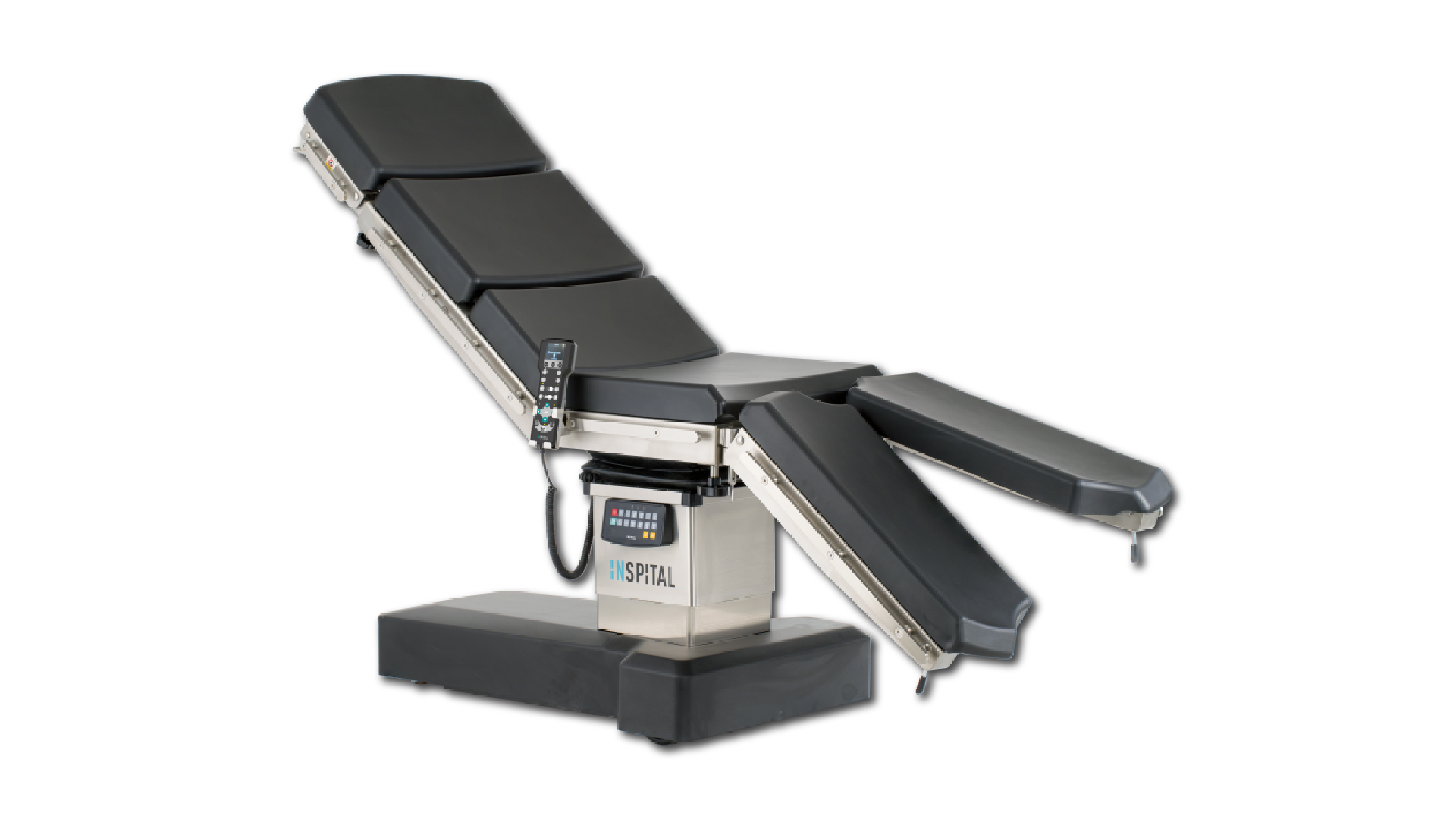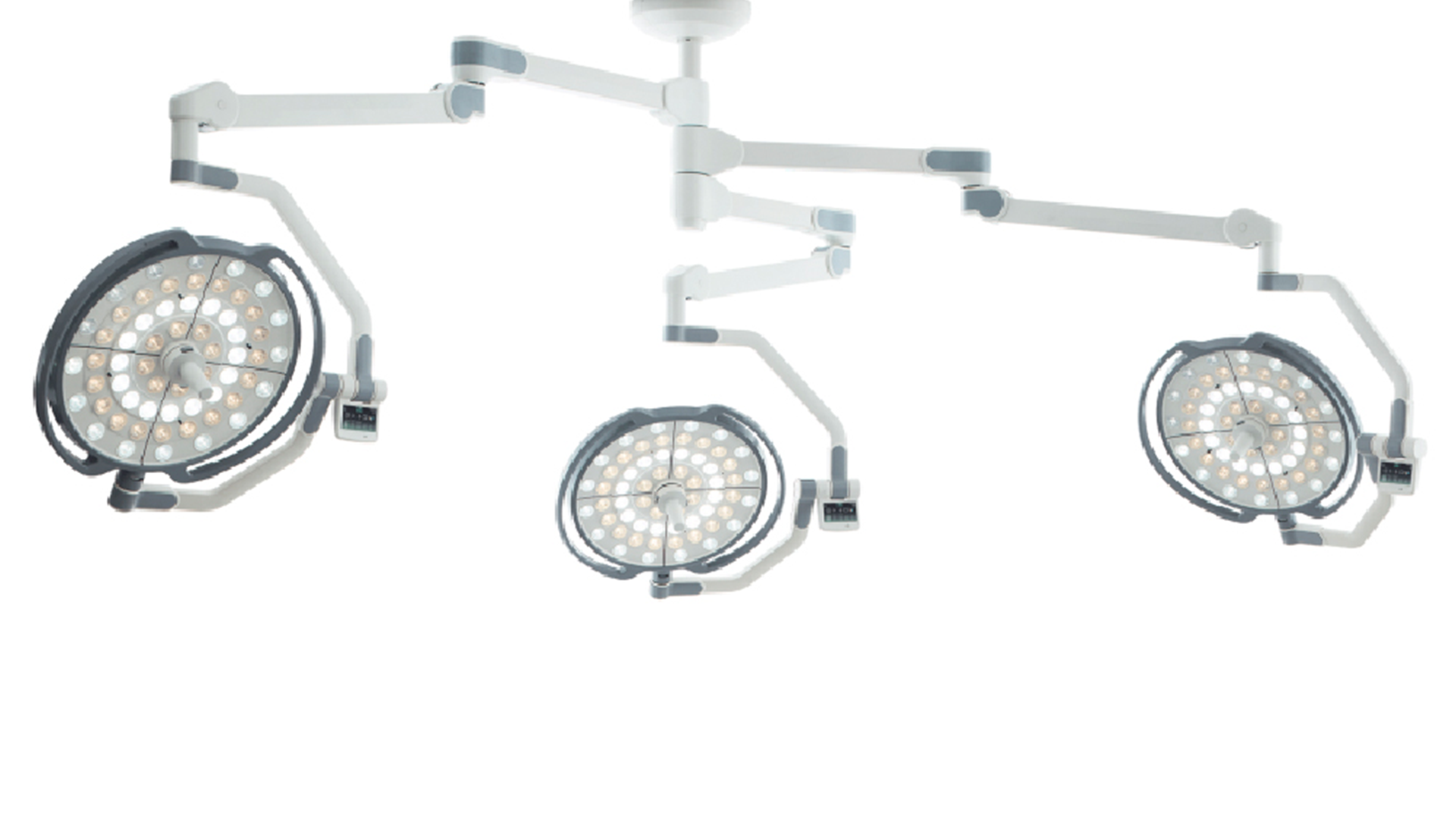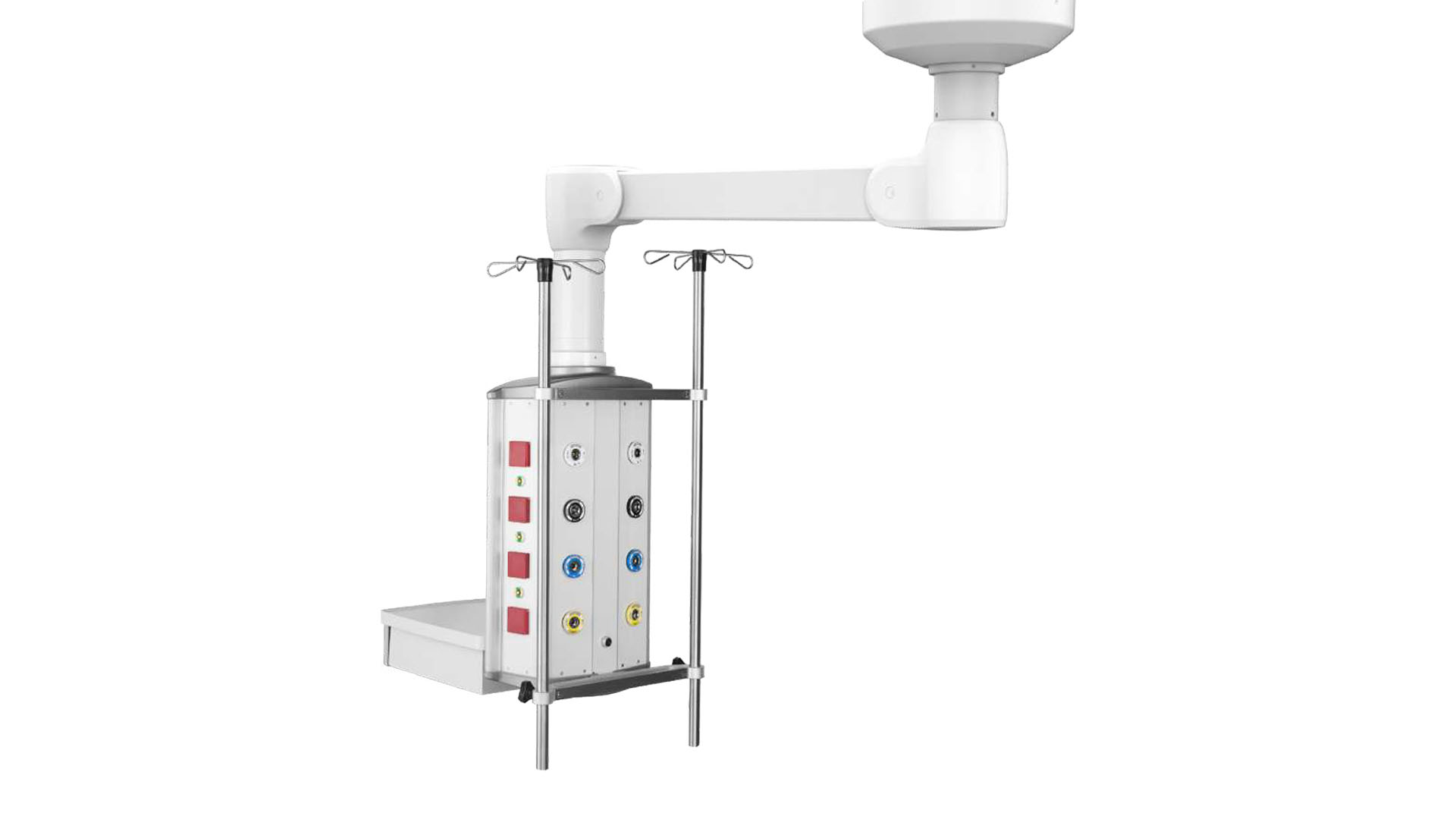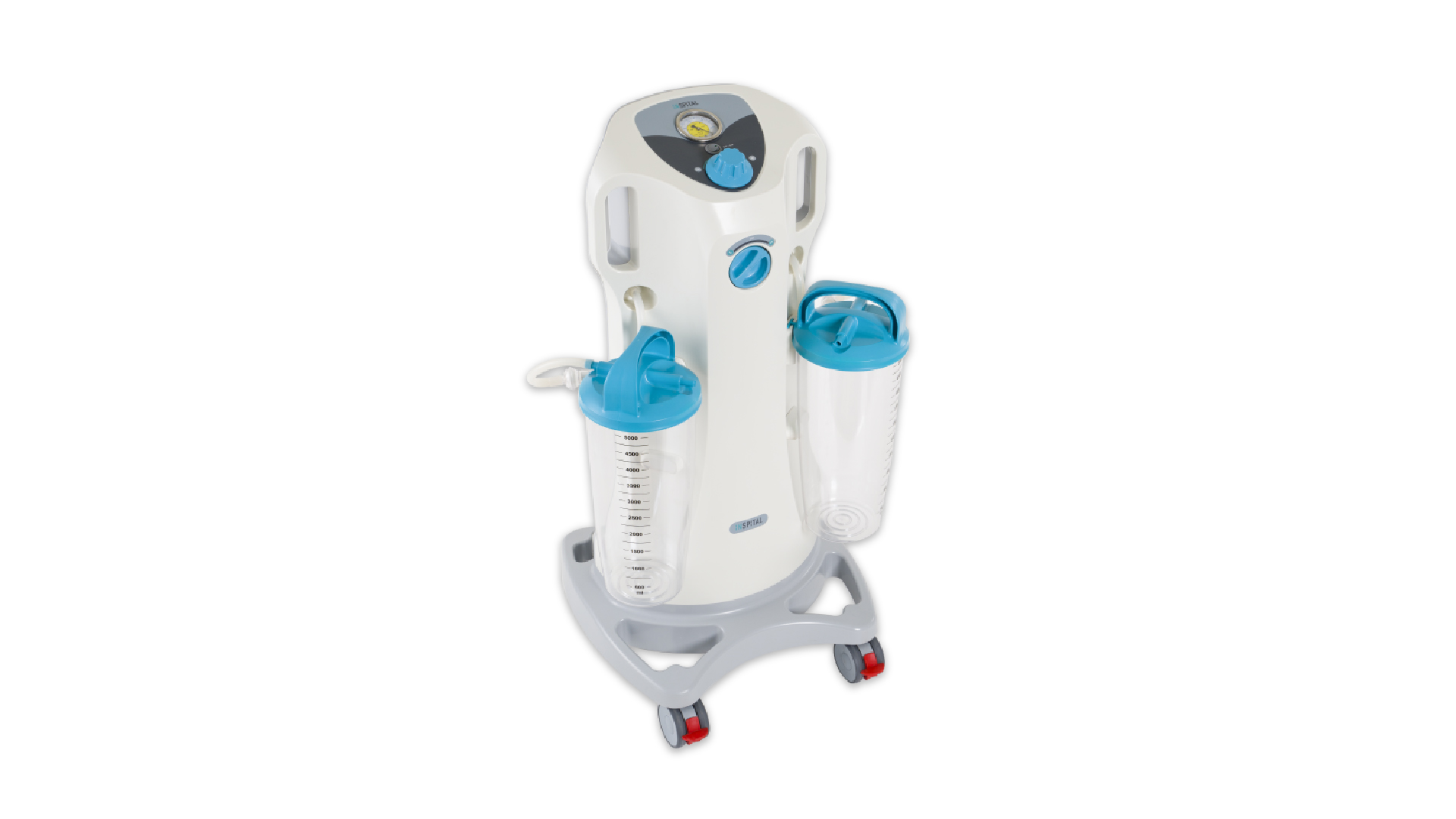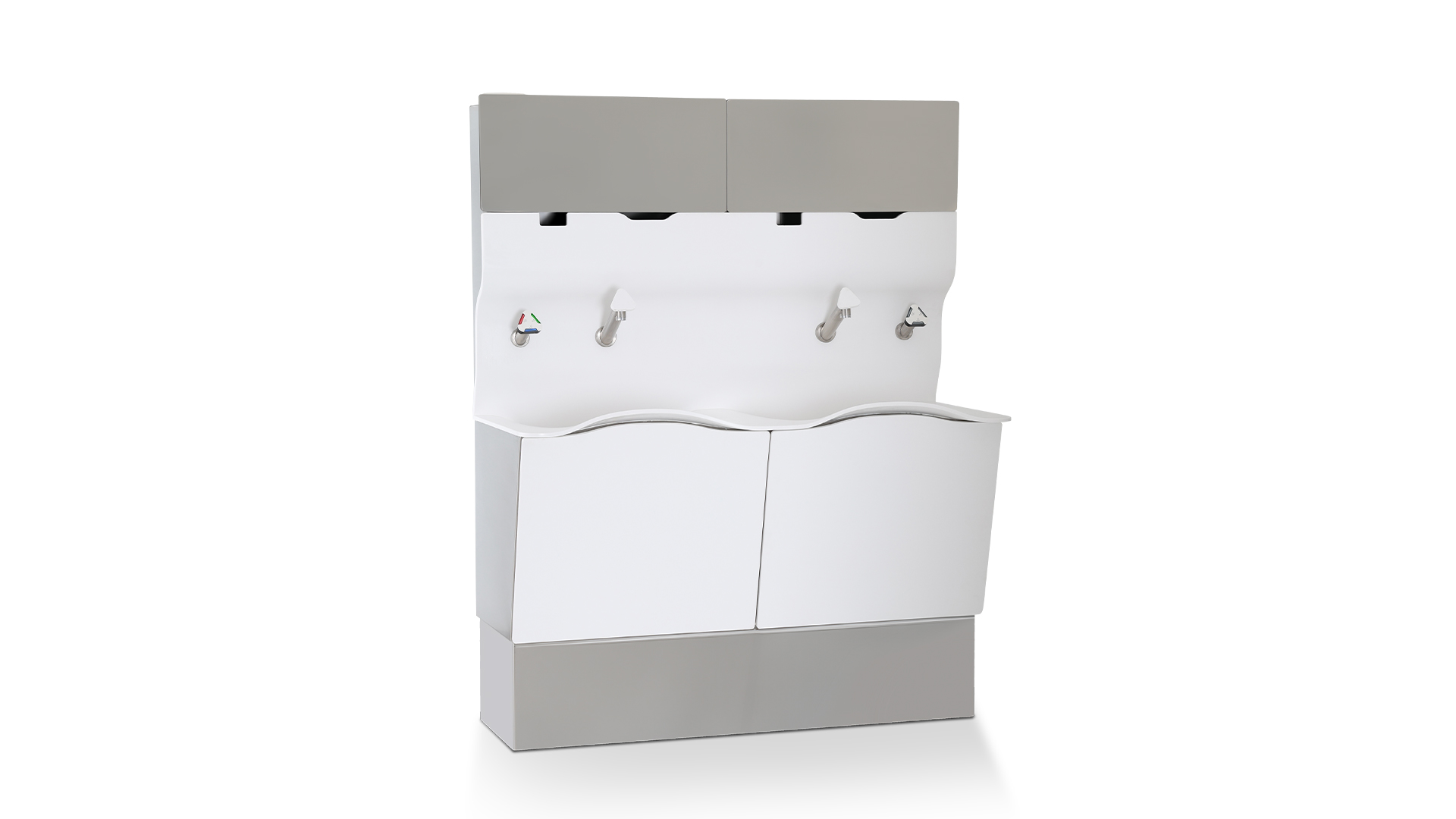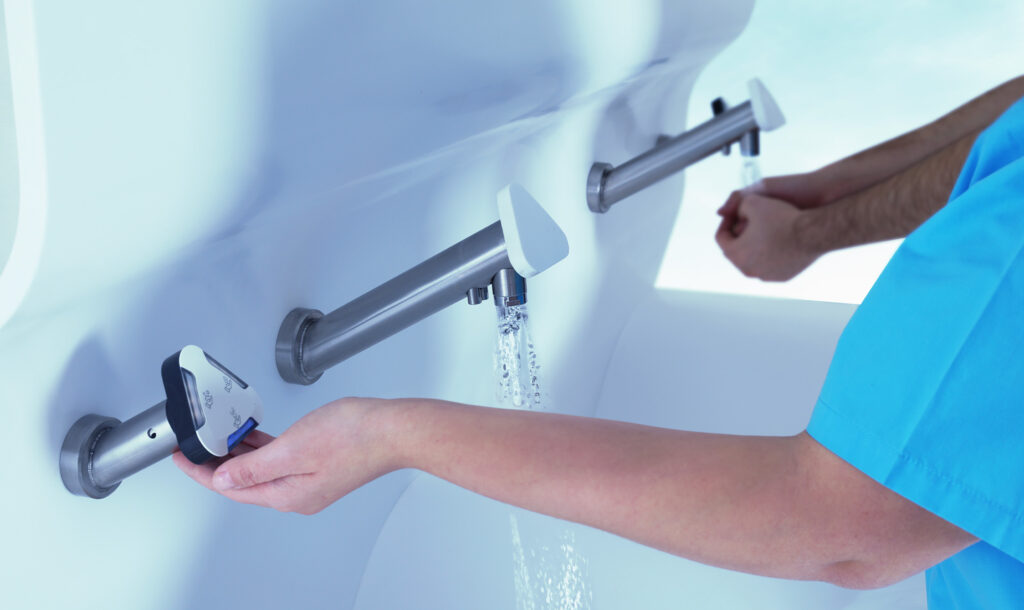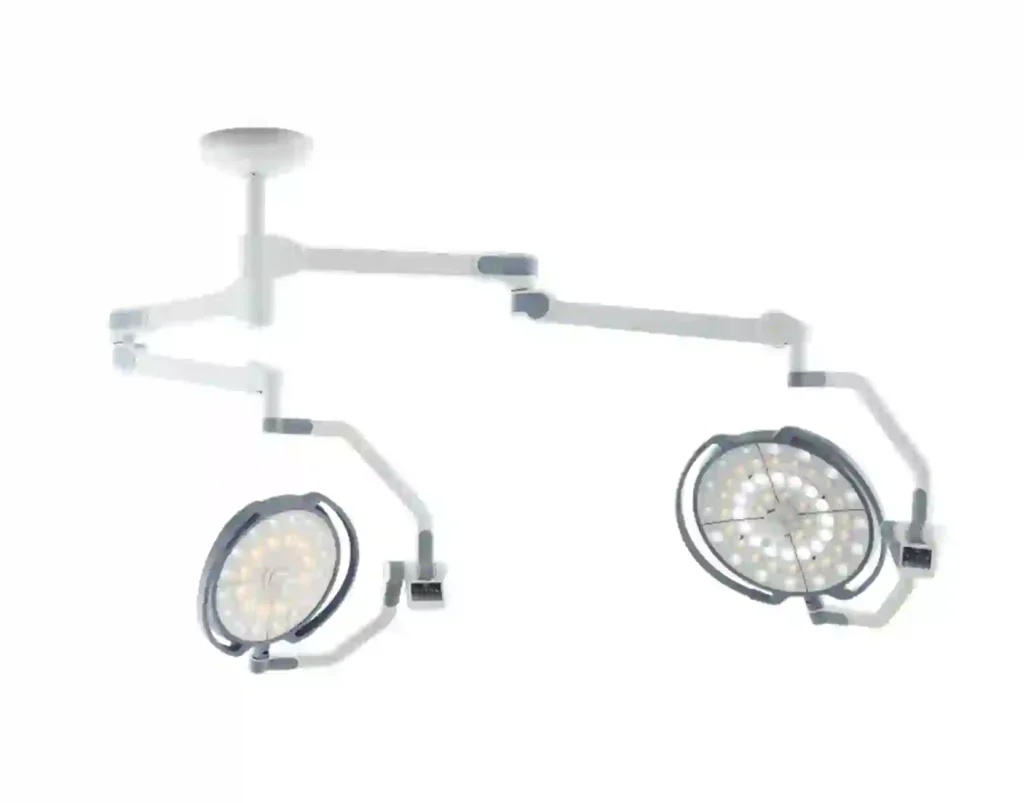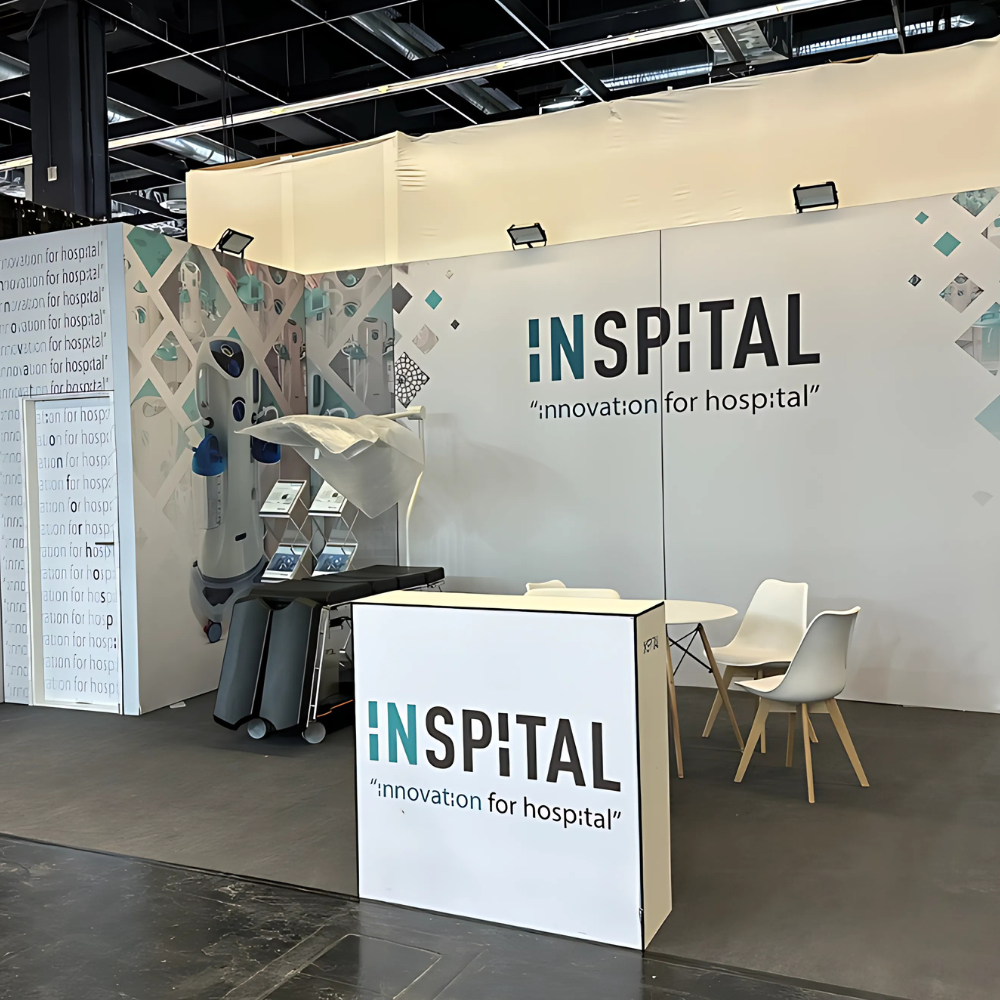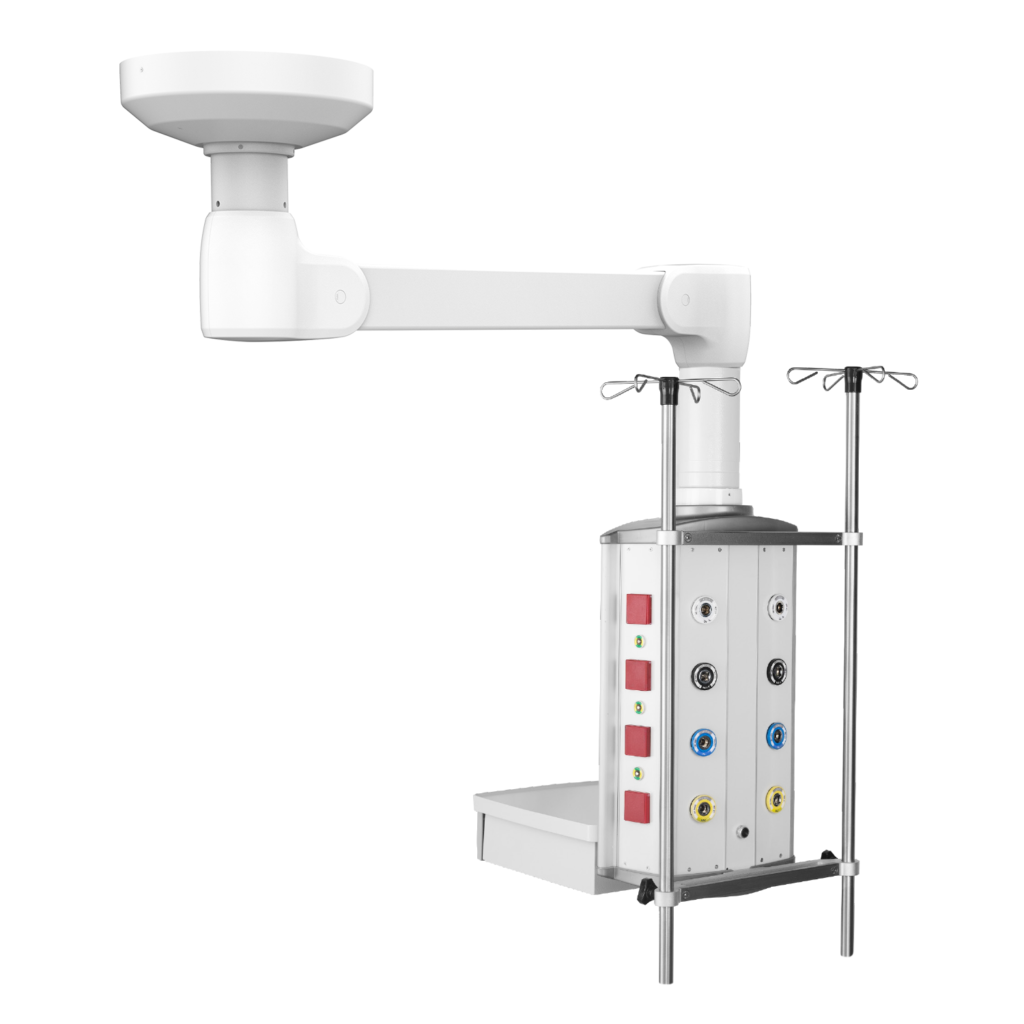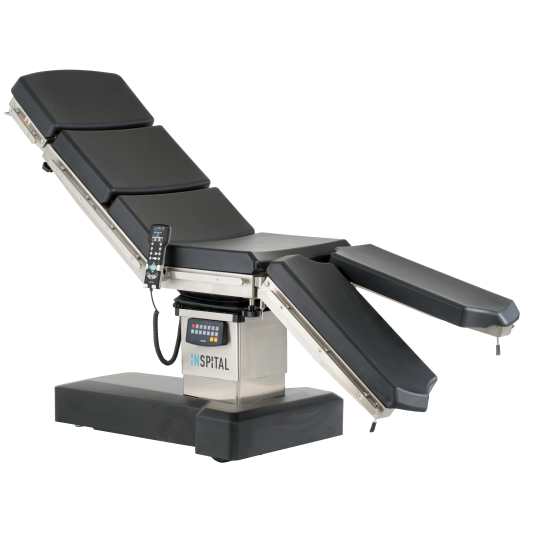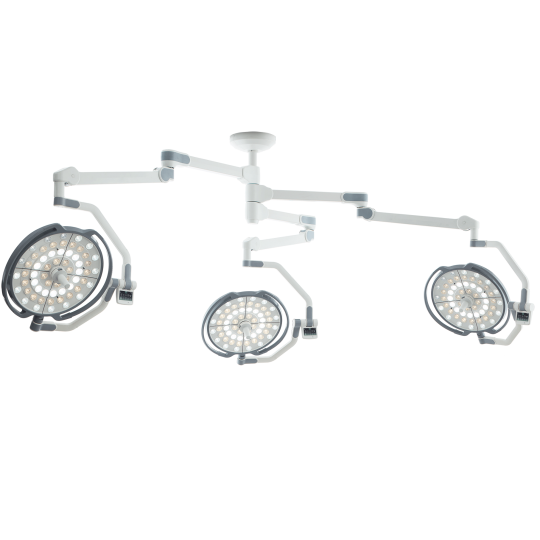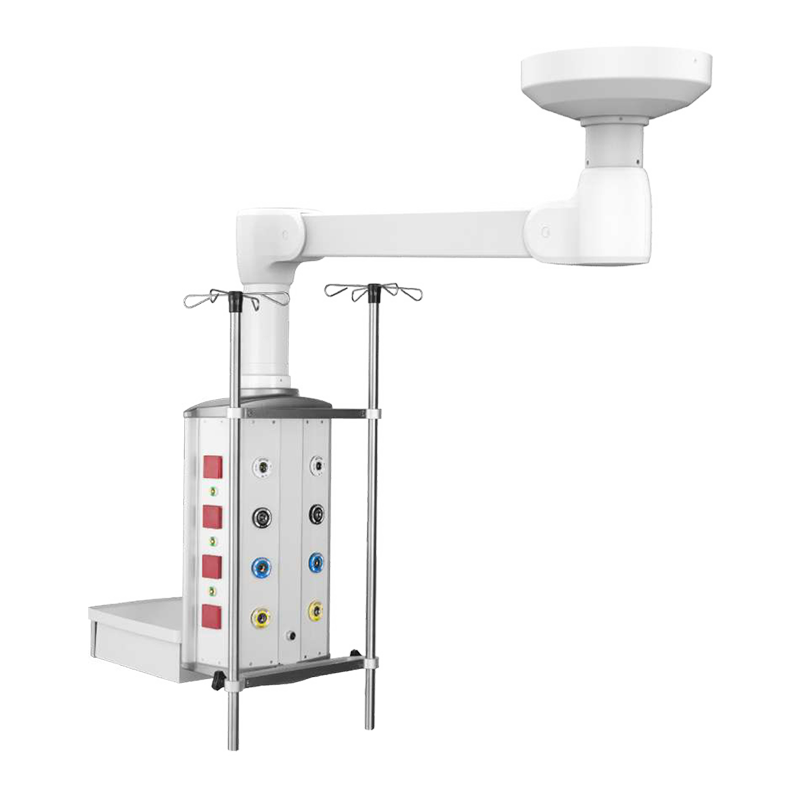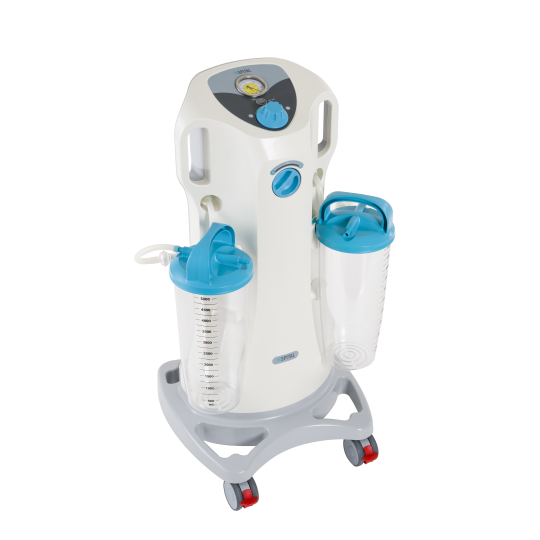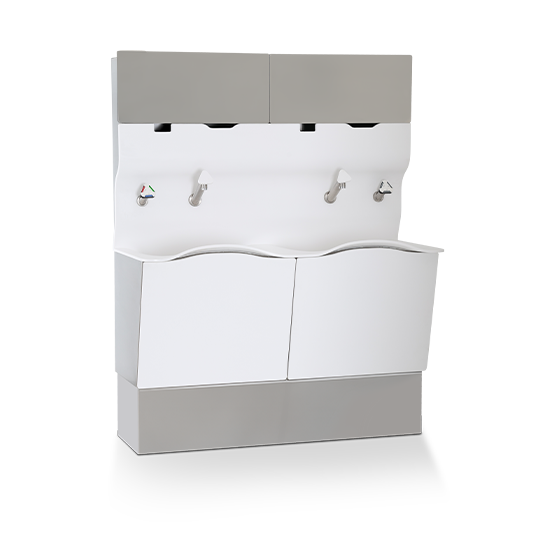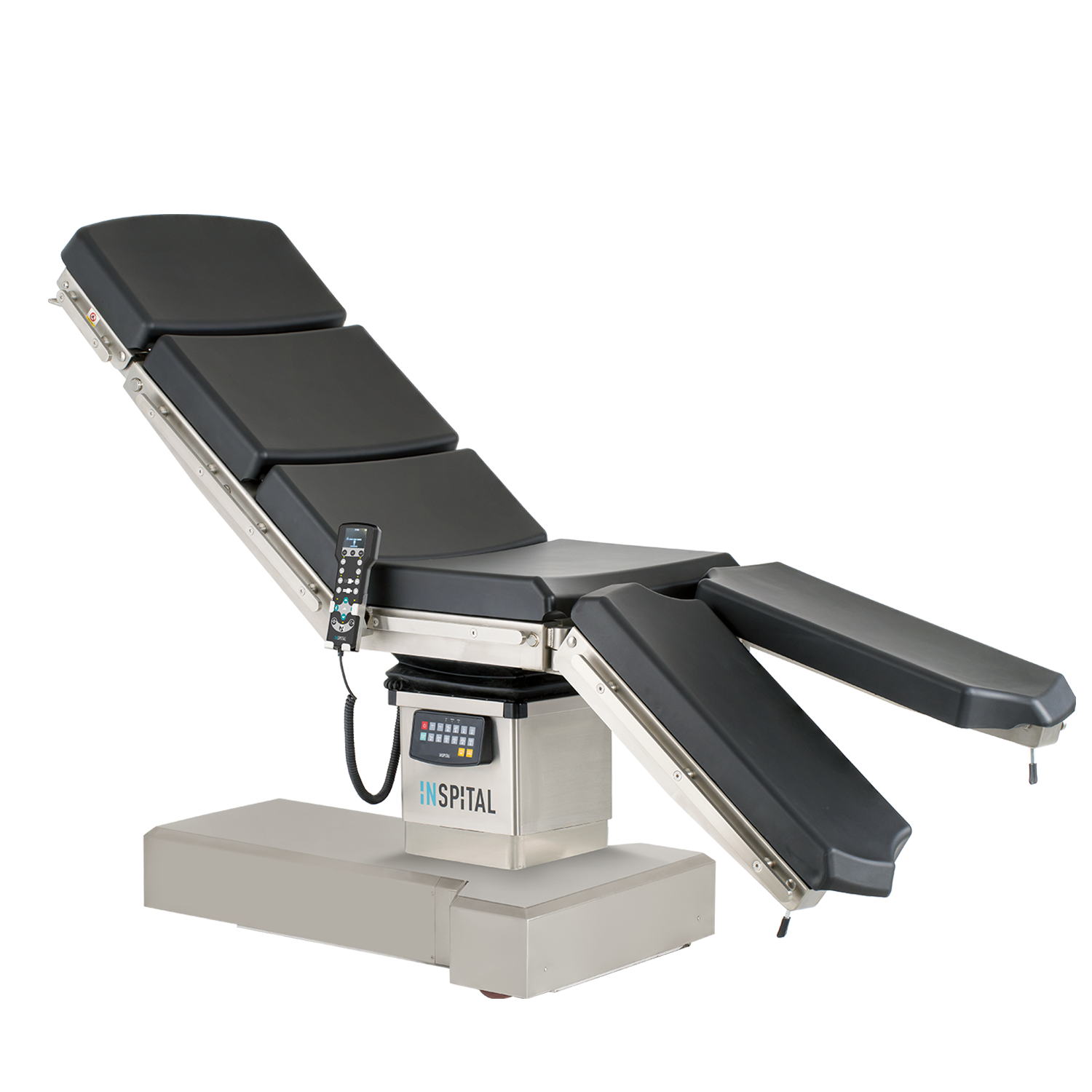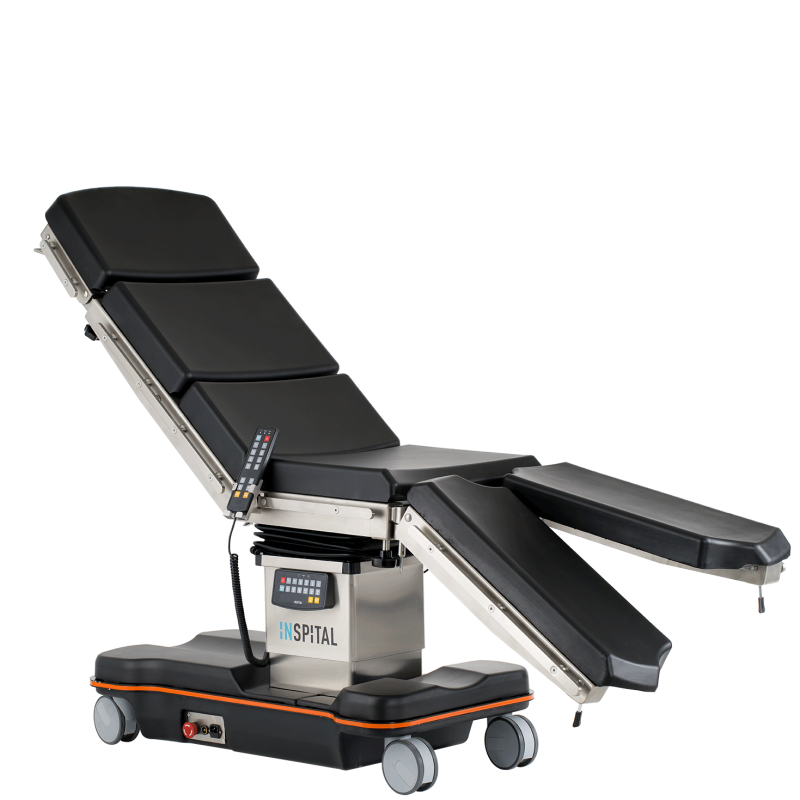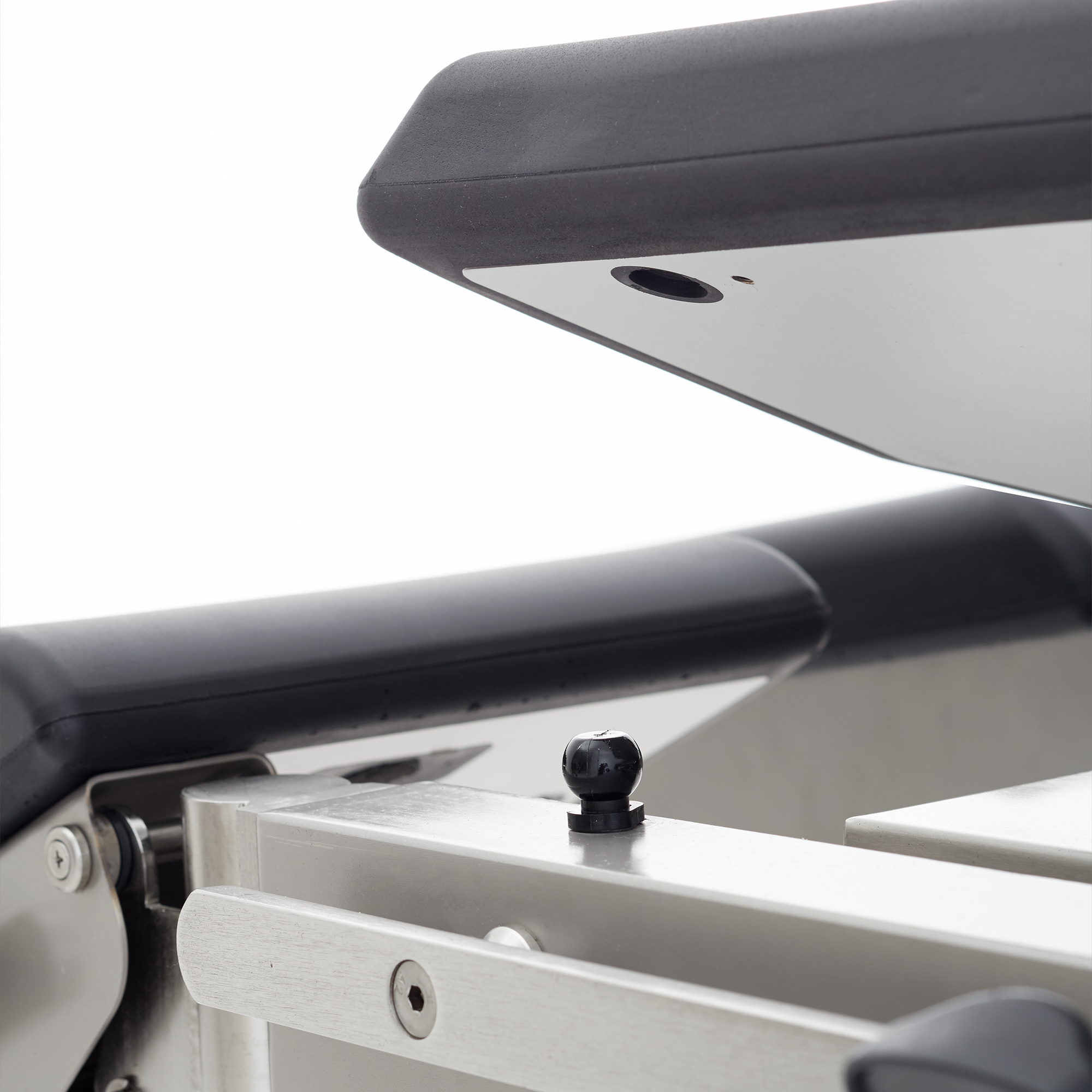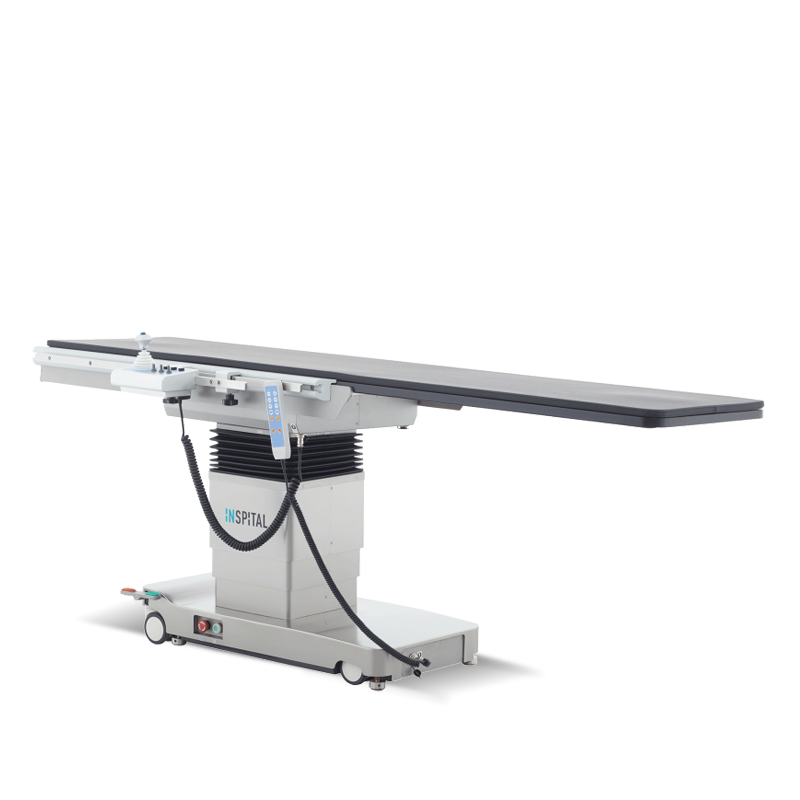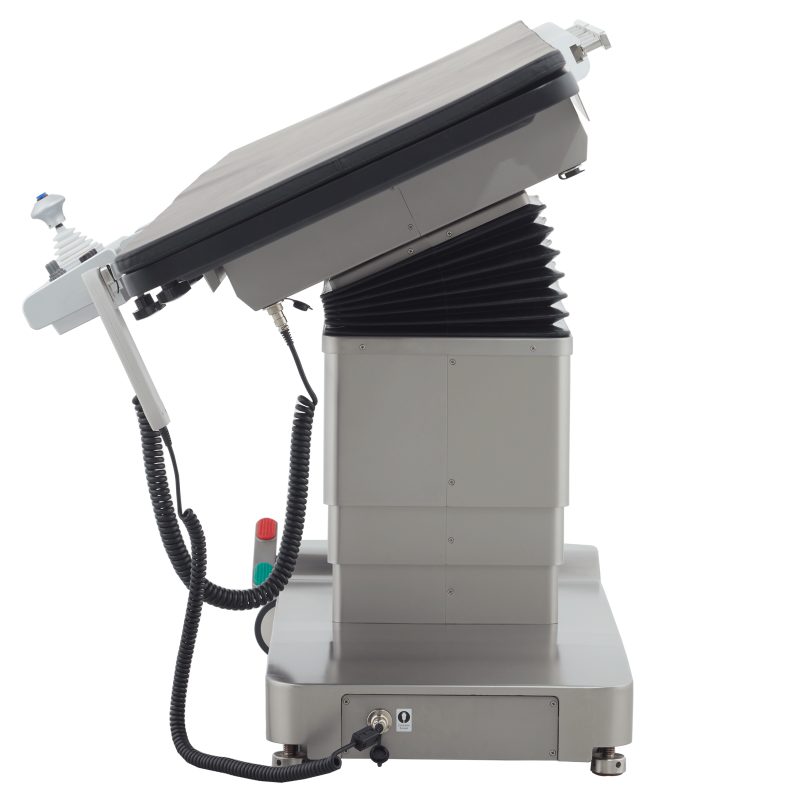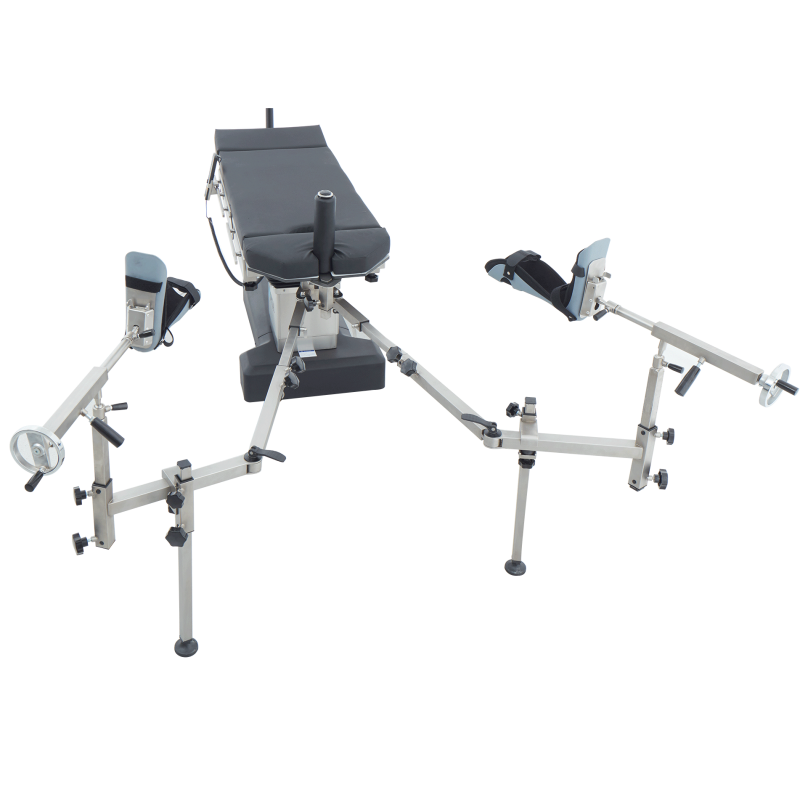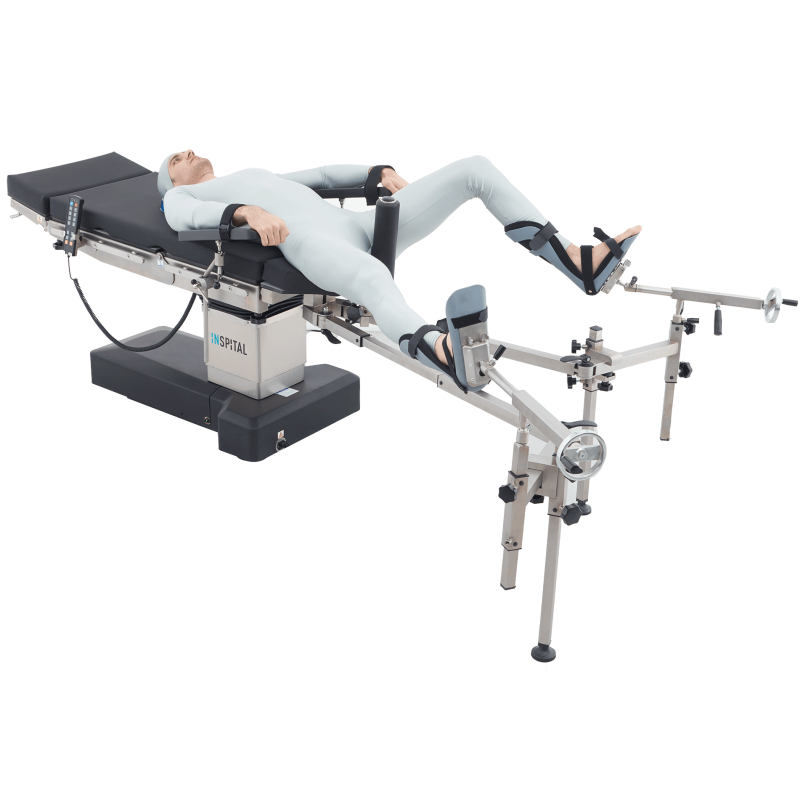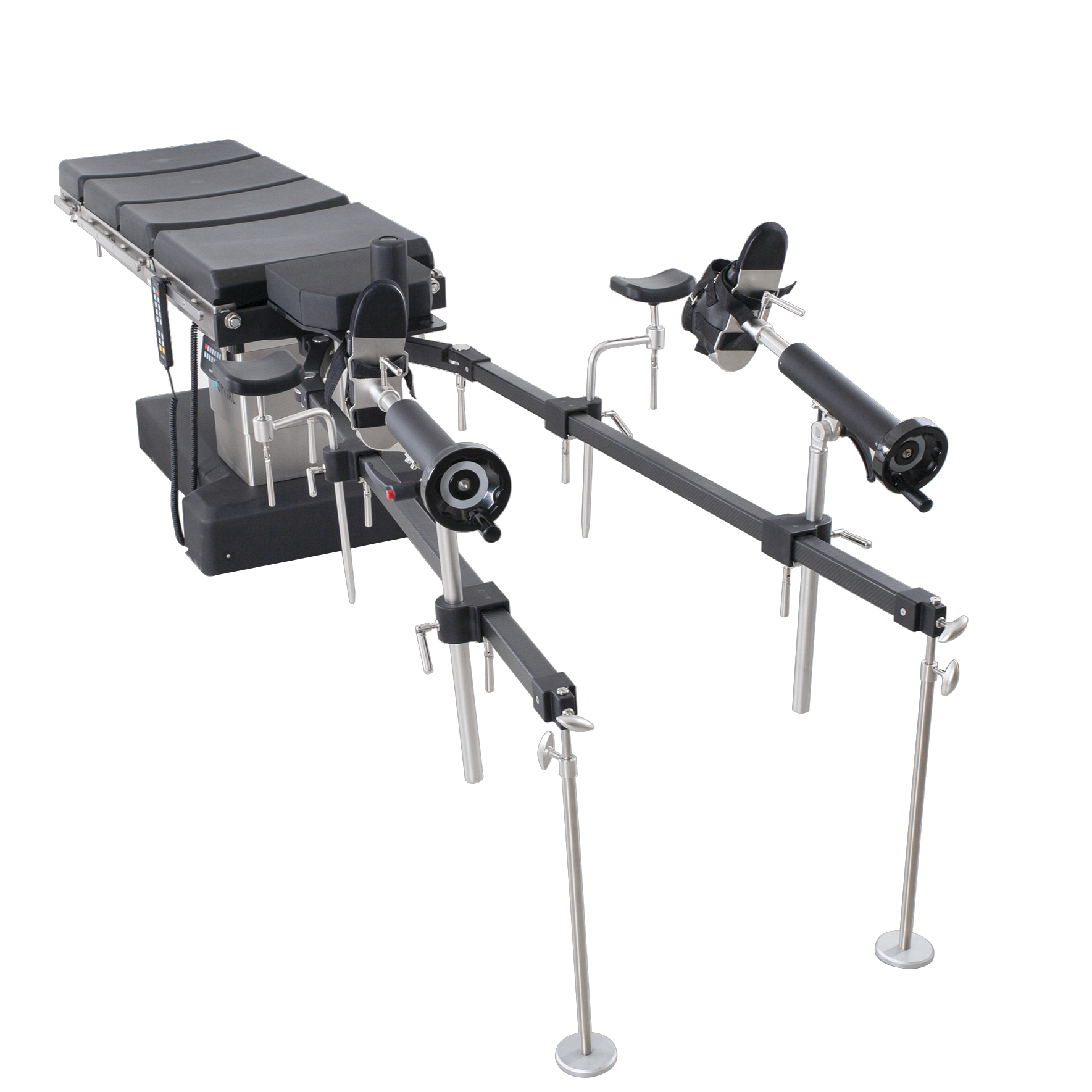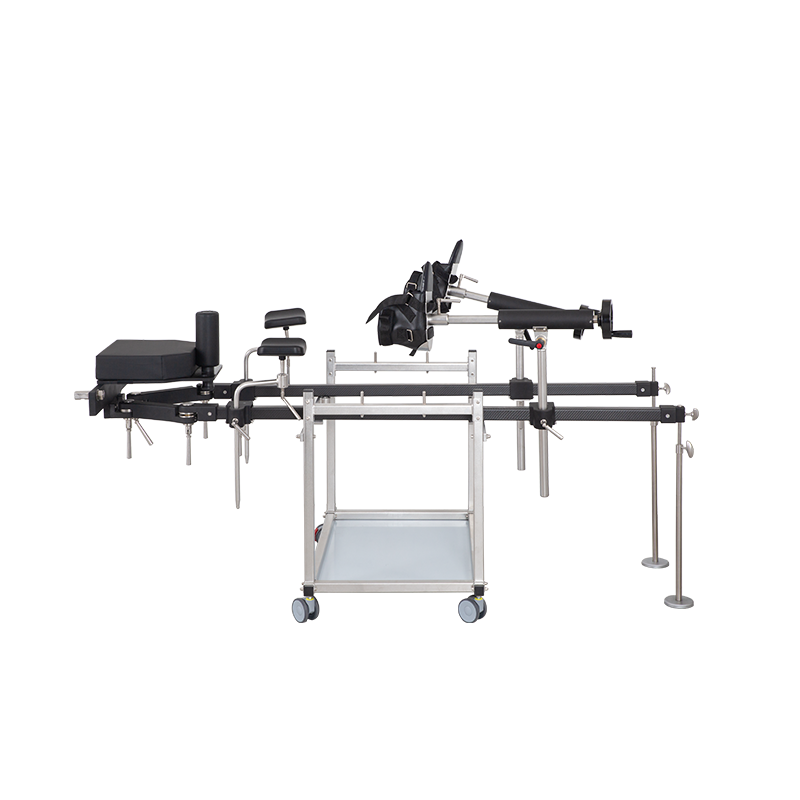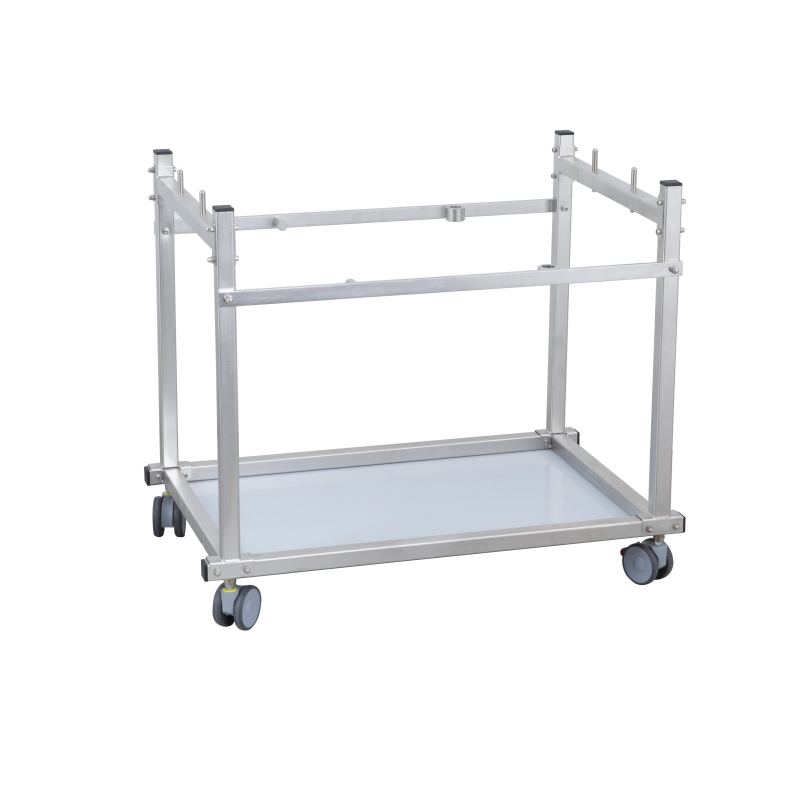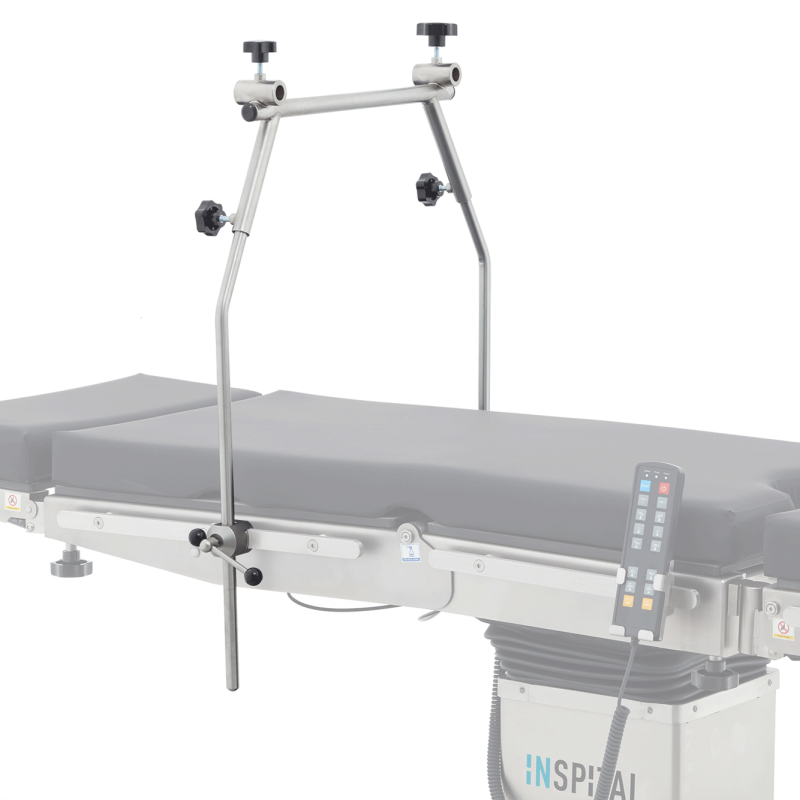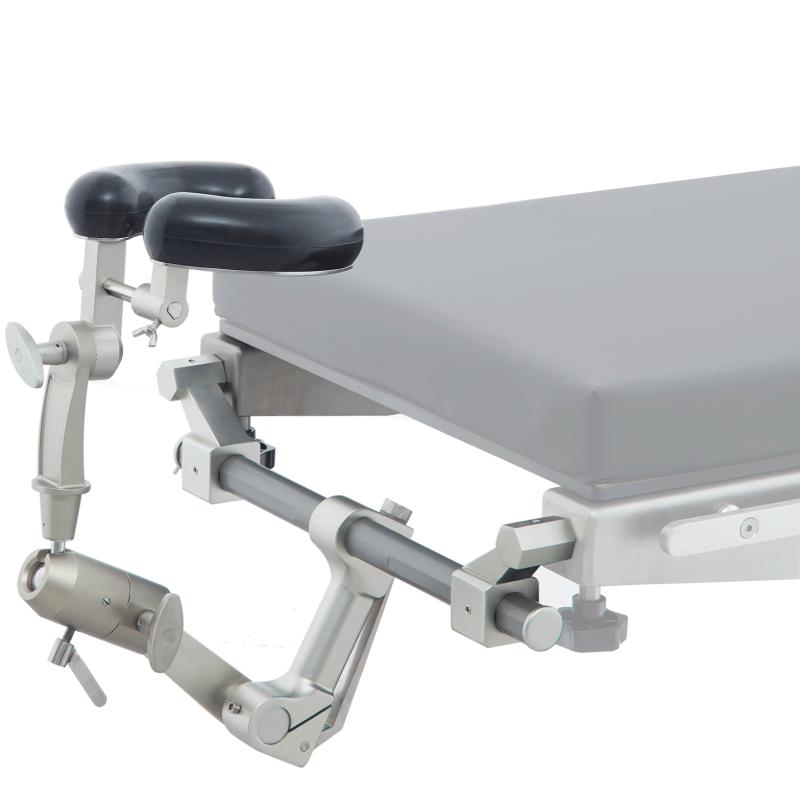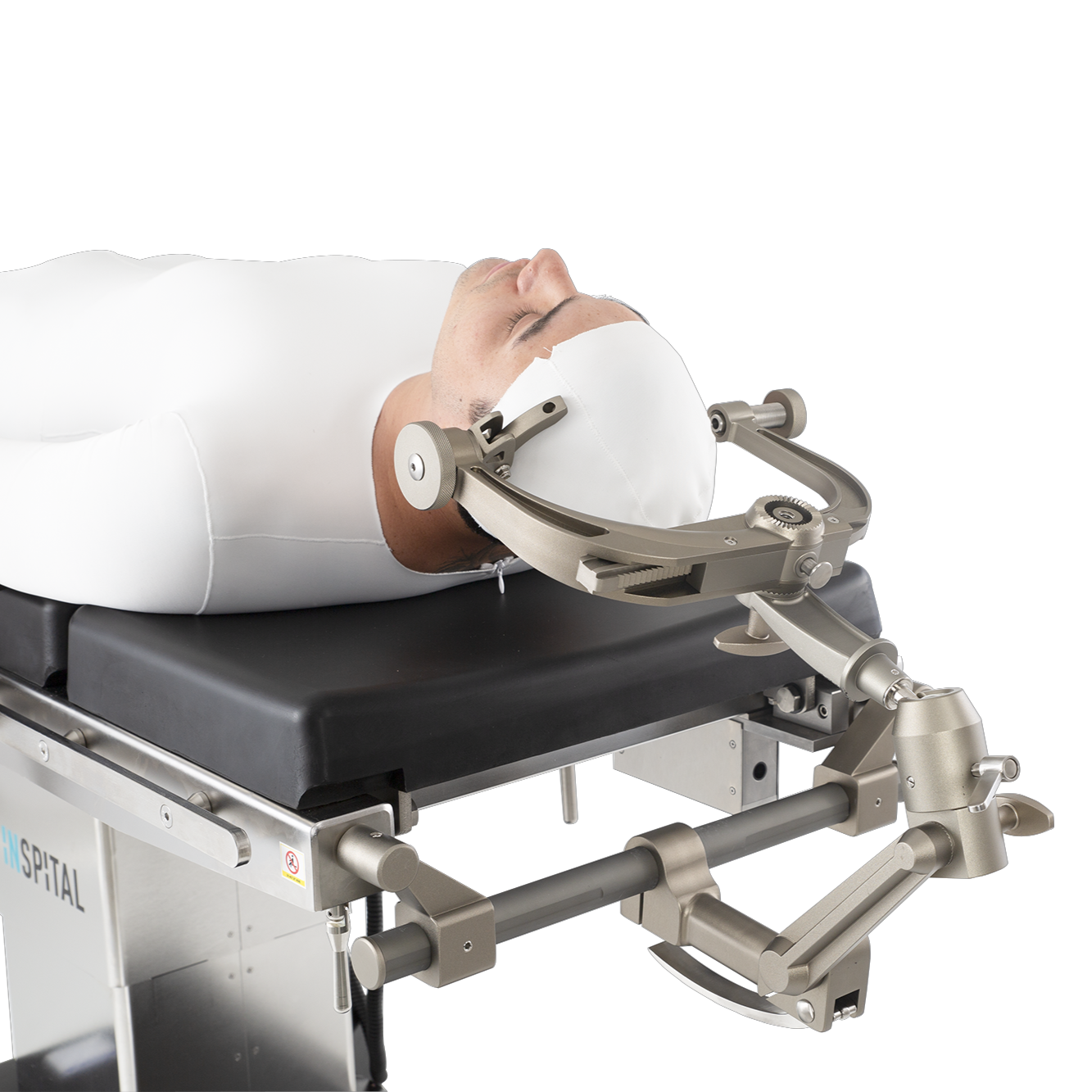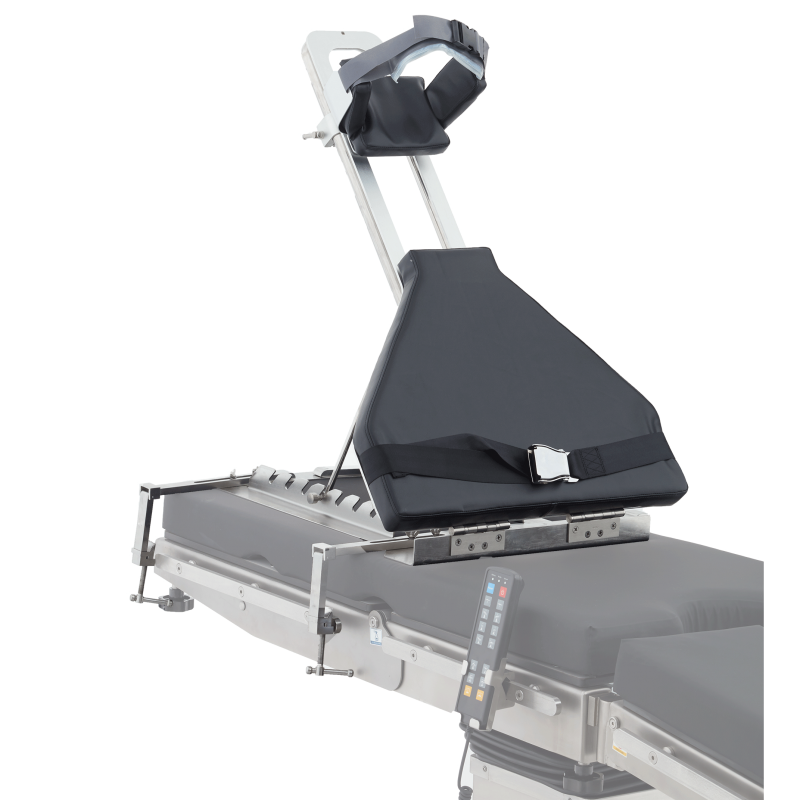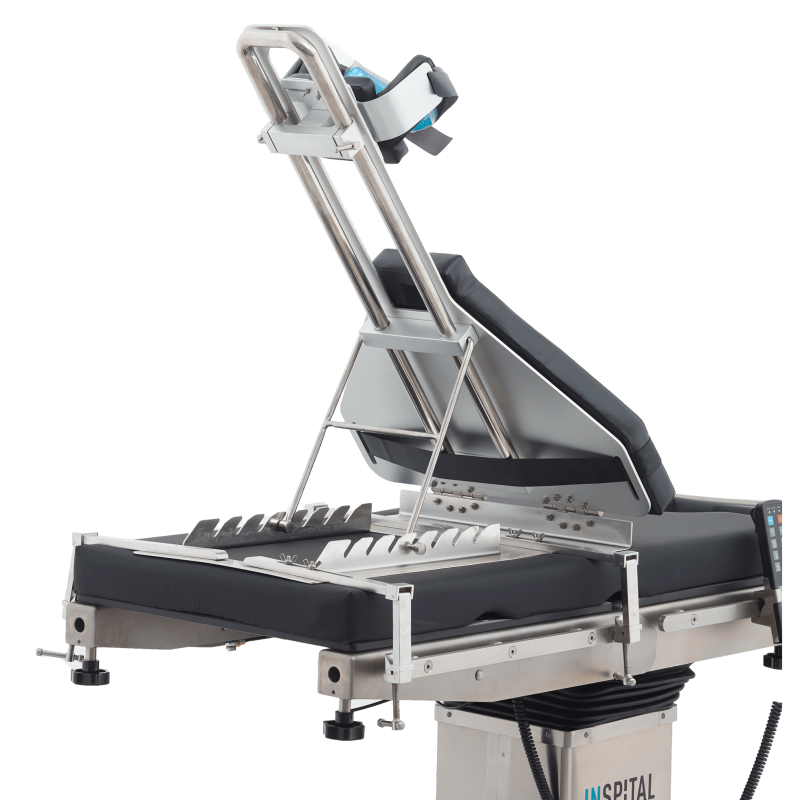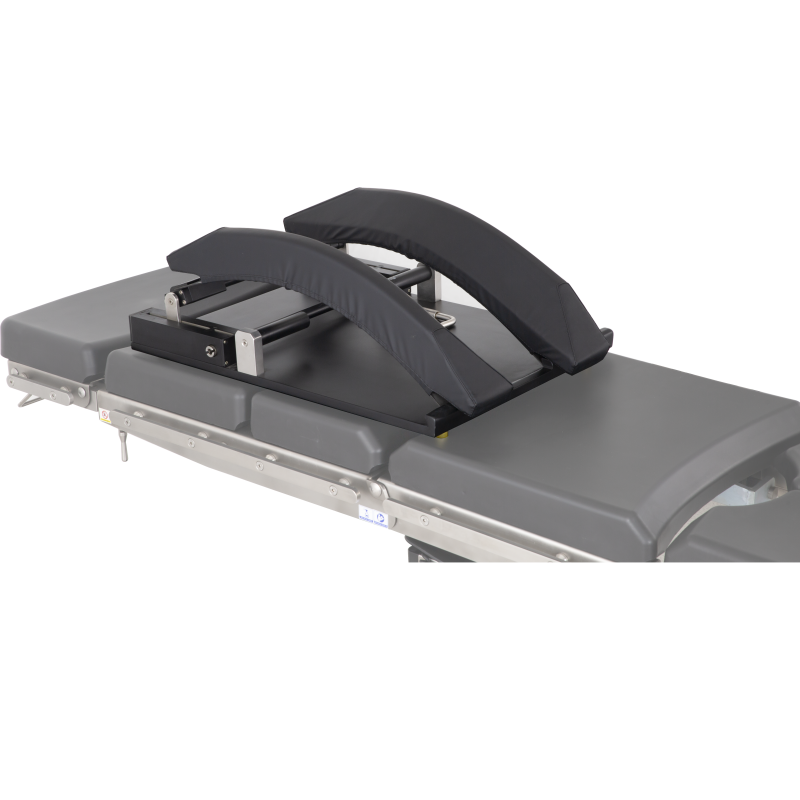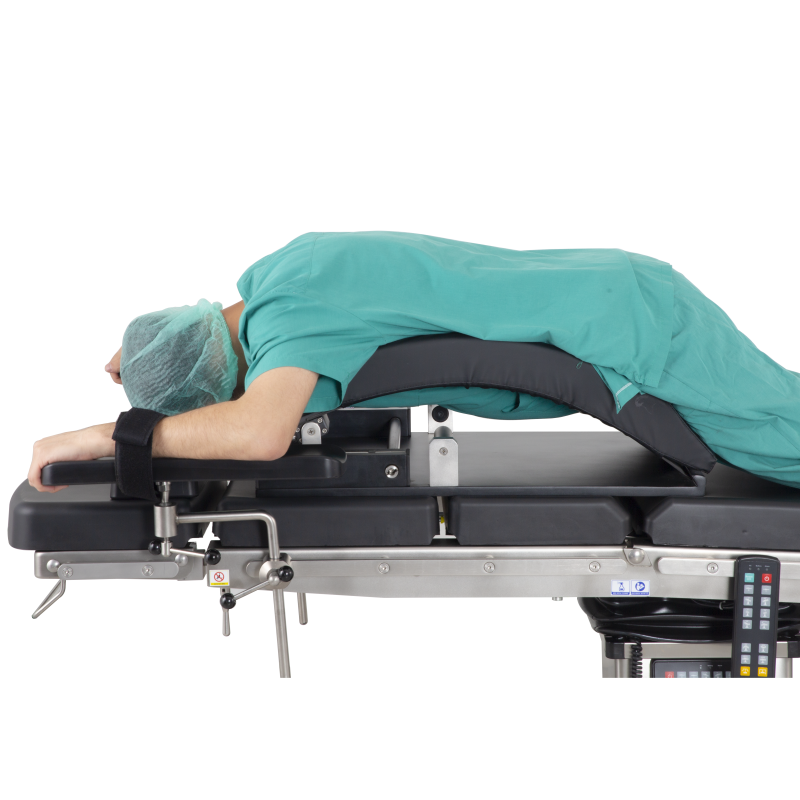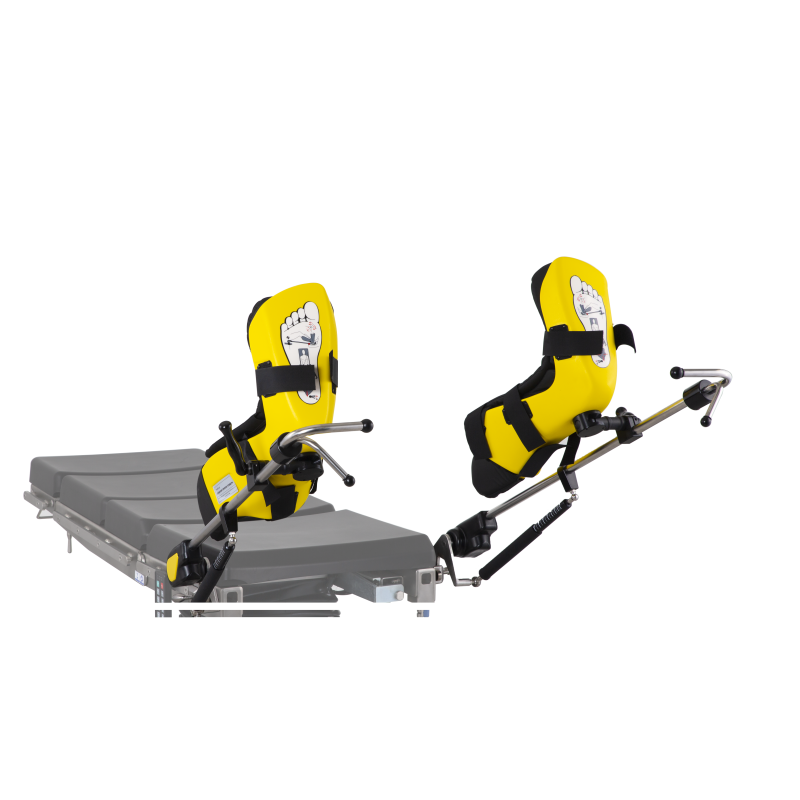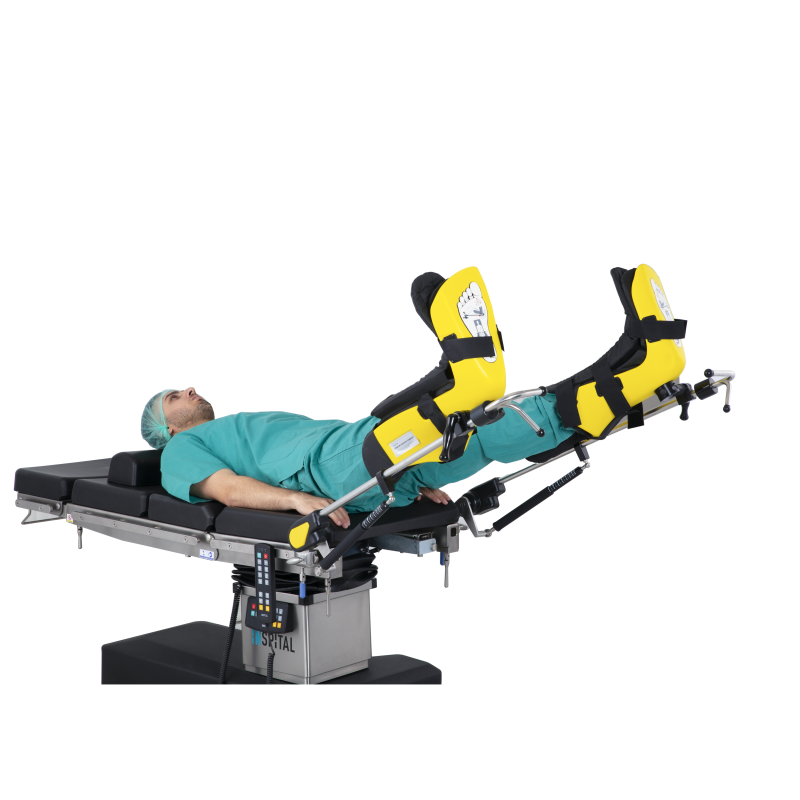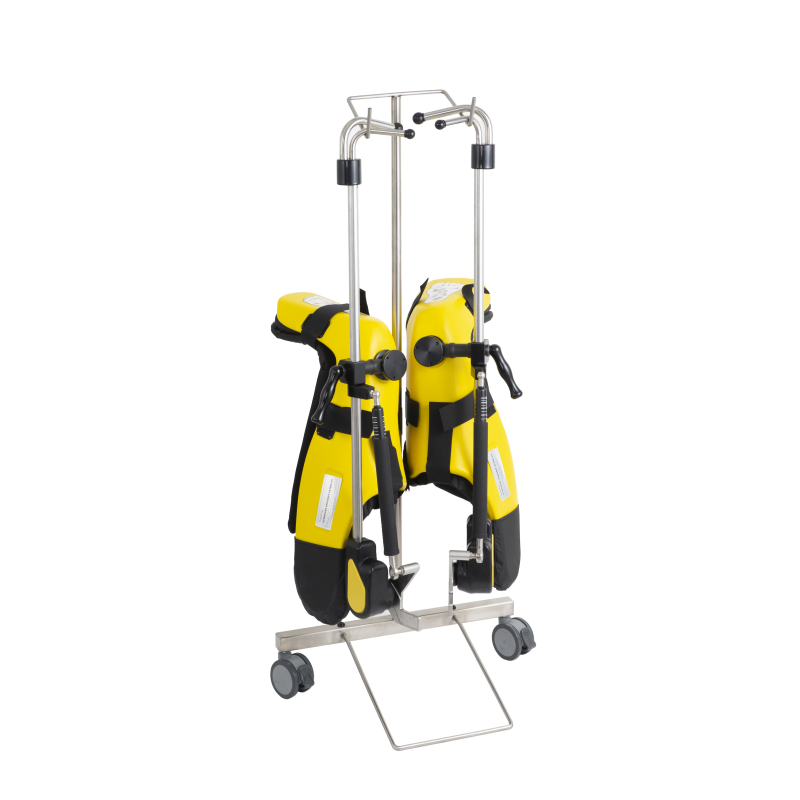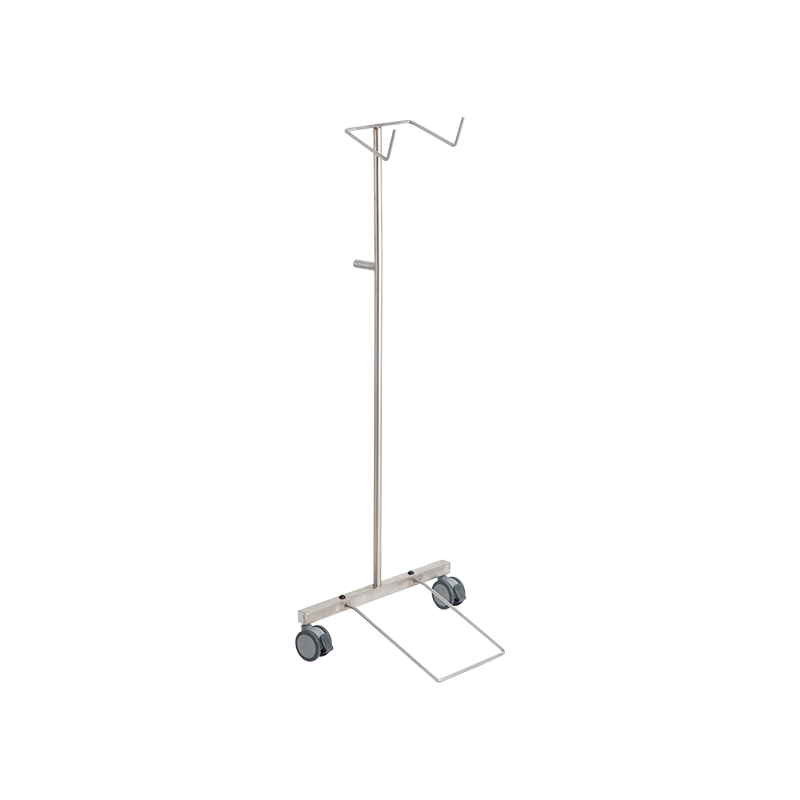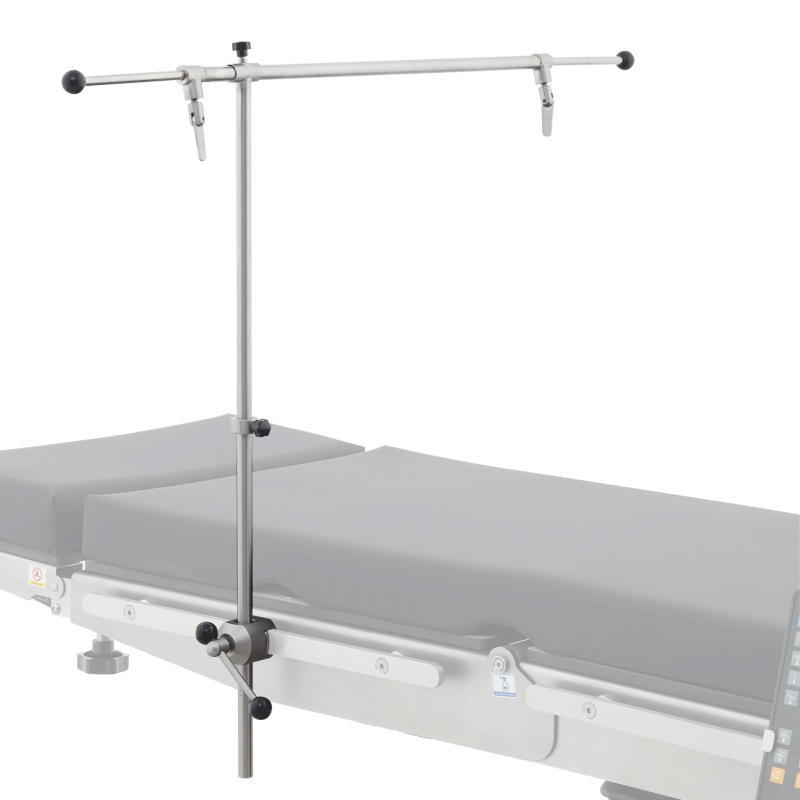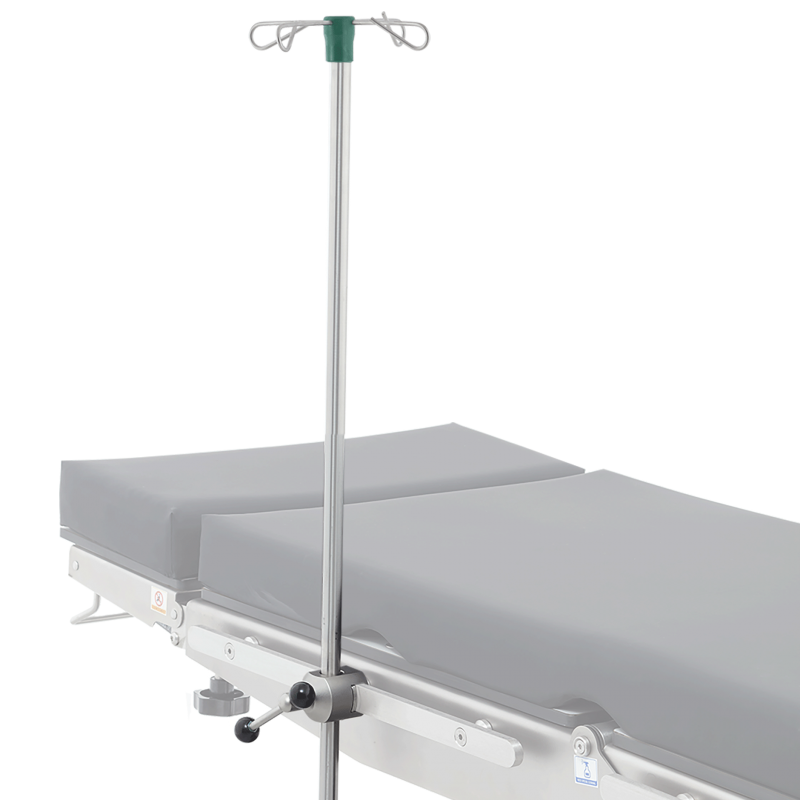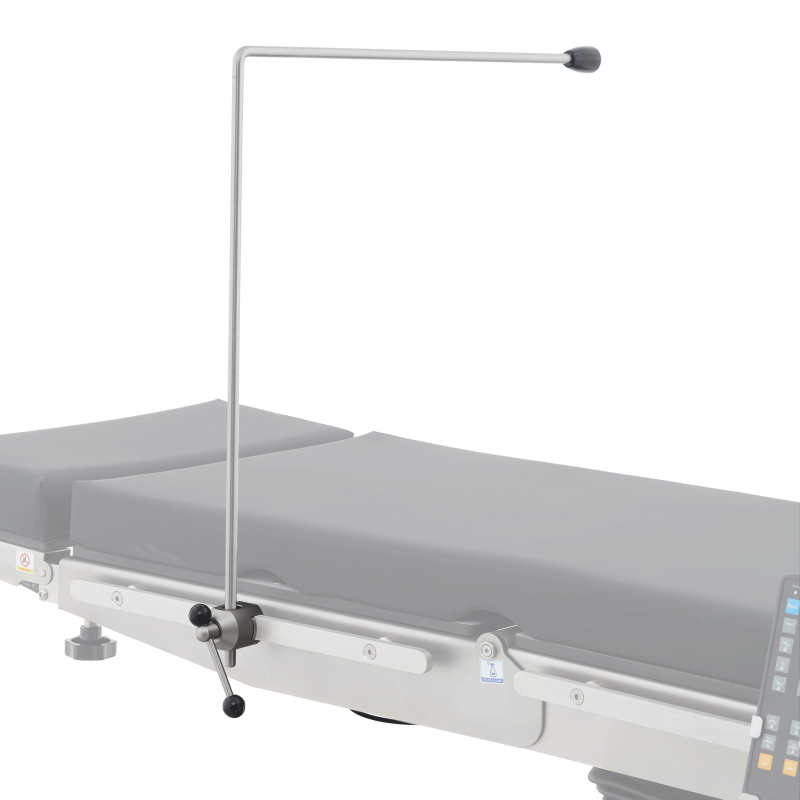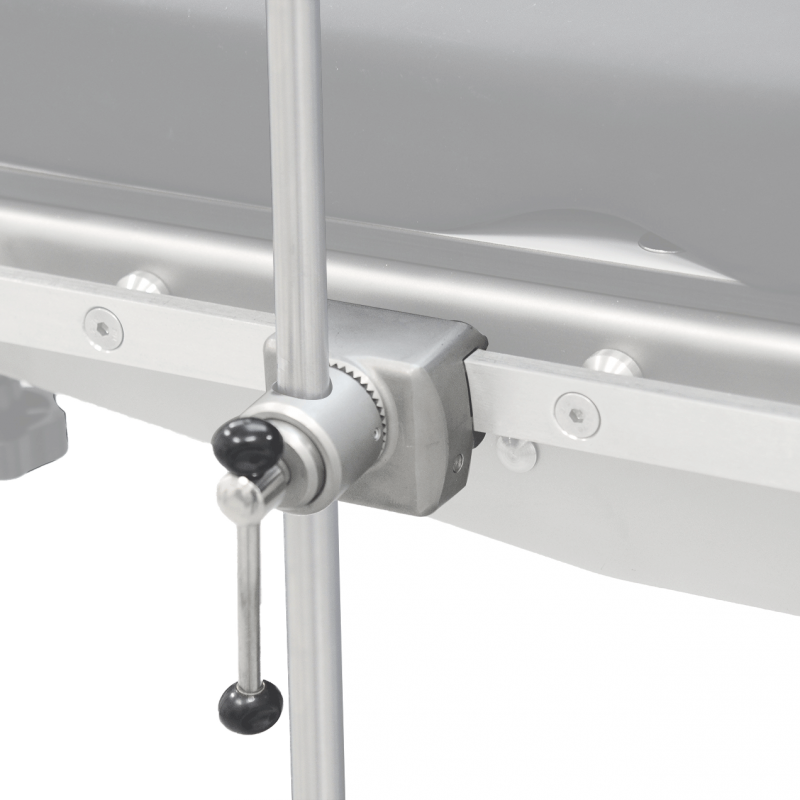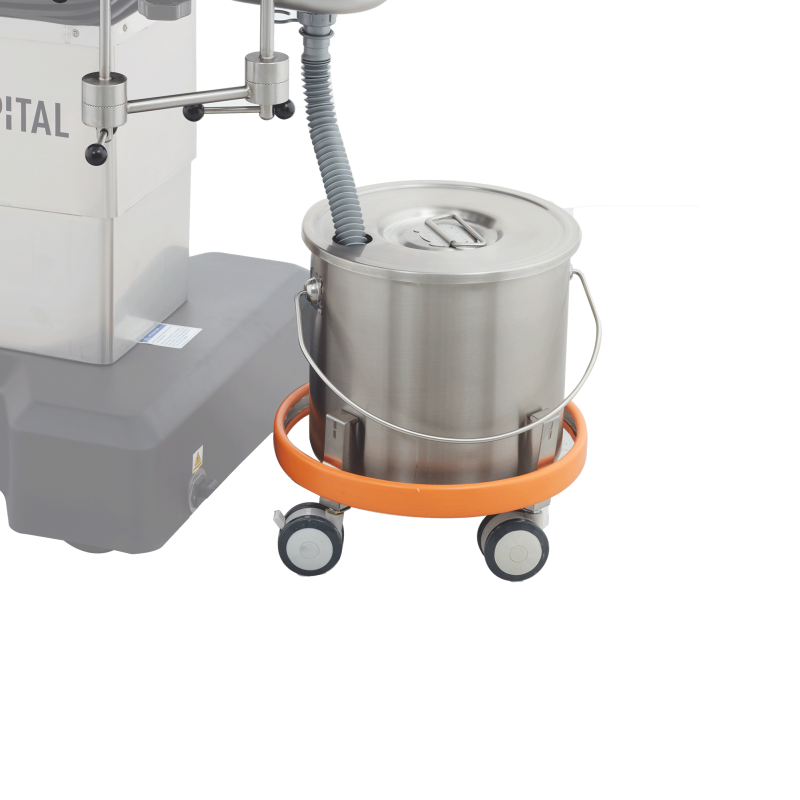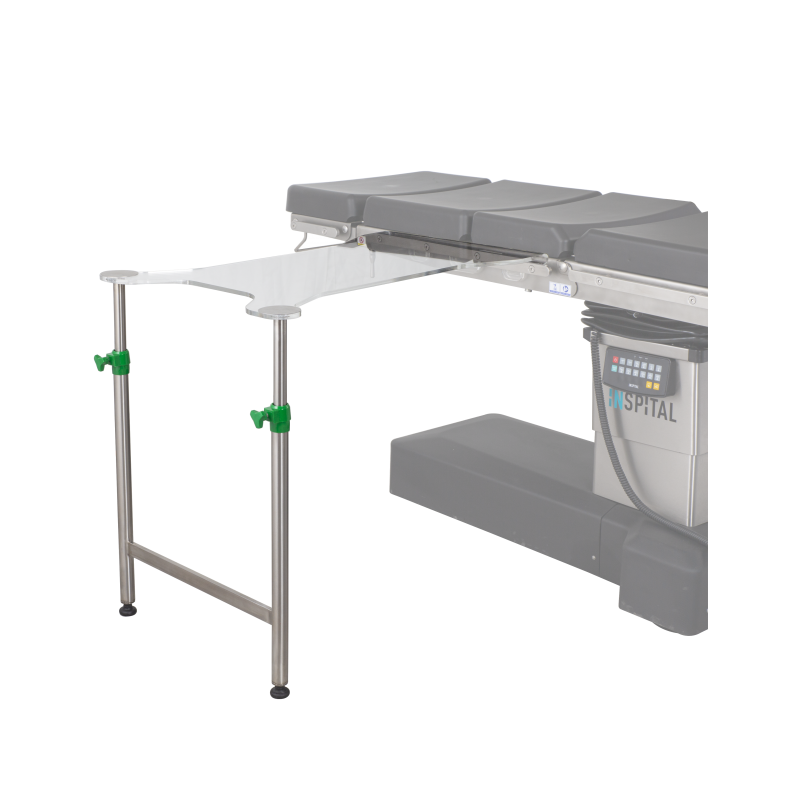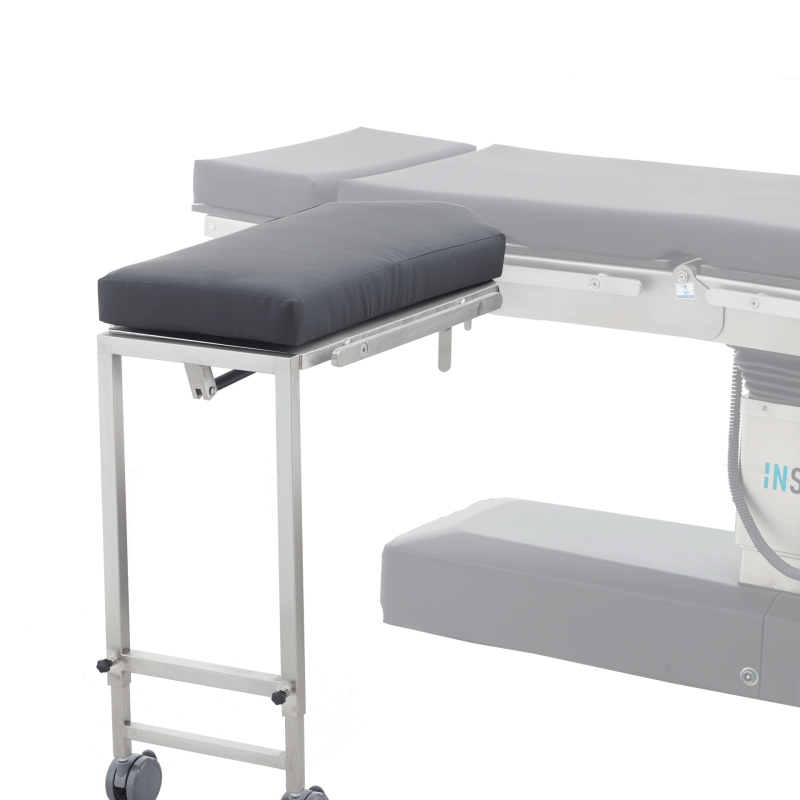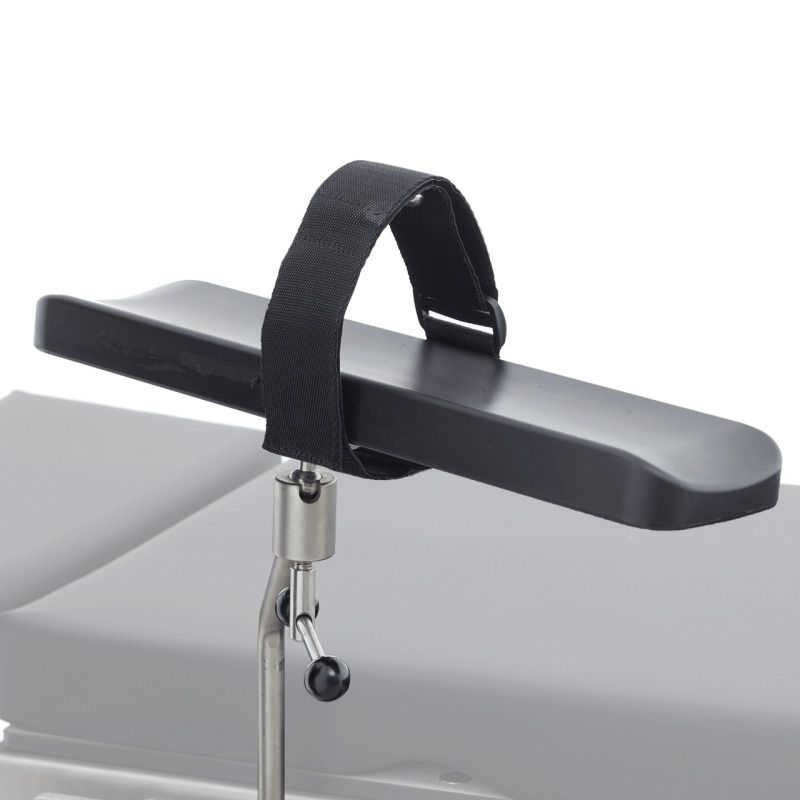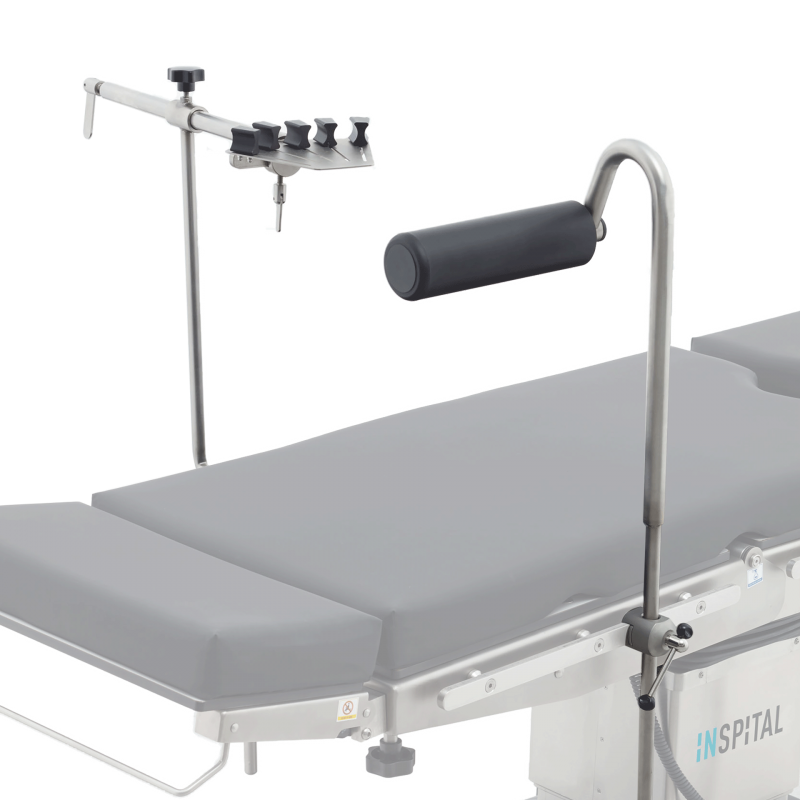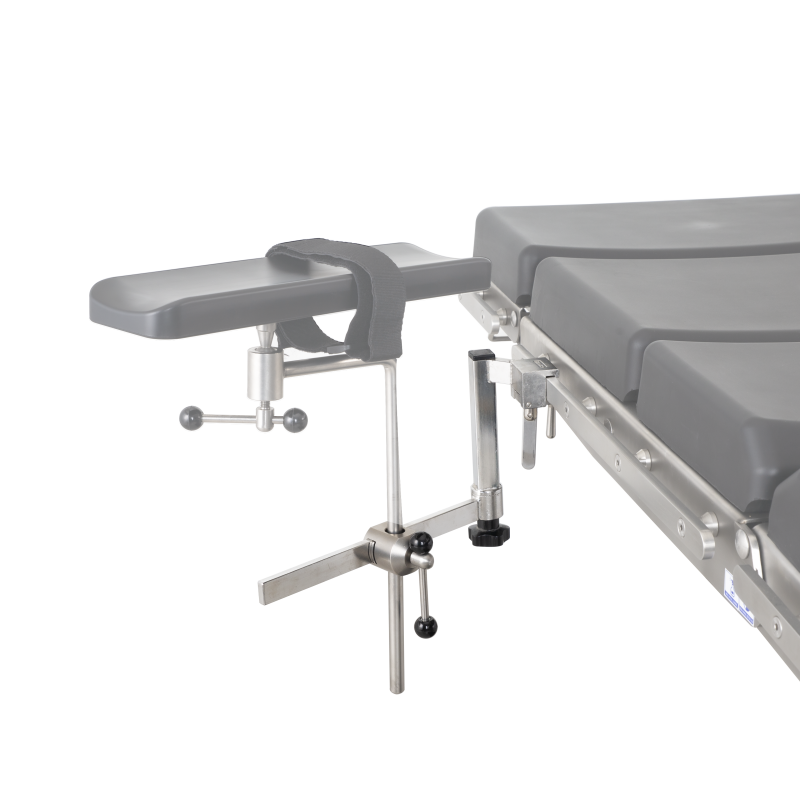Extension Device OT60.90
Carbon Fiber Extension Device OT60.95
Cross Bar Adapter OT60.82
Neurosurgery Skull Clamp & Horseshoe Head Rest OT60.80
Radiolucent Spine Frame OT60.35
Leg Positioning Boot OT60.77
Trolley For Leg Positioning Boots OT60.78
Buy Operating Table – Precision and Quality for Your OR
Anyone looking to buy an operating table prioritizes precision, safety, and durability. Modern operating tables are the core of any operating room and must meet the highest demands. Hospitals and practices that invest in quality benefit from flexible and ergonomic systems that simplify daily workflows. When purchasing an operating table, electro-hydraulic adjustment options play a central role. These enable precise height adjustment, Trendelenburg or anti-Trendelenburg positions, as well as longitudinal and lateral patient shifts. Such functions are crucial for optimally positioning the patient and providing surgeons with ergonomic working conditions. Material quality is also a decisive factor. High-quality stainless steel or medical alloys ensure stability, durability, and easy cleaning. The tables are equipped with smooth surfaces that are resistant to disinfectants – a crucial point for ensuring hygiene standards in the OR.
When purchasing an operating table, modularity and accessories should also be considered. Interchangeable headrests, leg rests, side arms, or radiolucent plates allow for adaptation to various surgical disciplines, from orthopedics to neurosurgery. This saves costs, as one table can be used for multiple purposes. In summary, a modern operating table purchased from Inspital offers maximum flexibility, safety, and quality. Hospitals receive a durable, ergonomic, and hygienic system that makes daily OR operations more efficient and enhances patient safety.
What to Consider When Buying an Operating Table
When purchasing an operating table, hospitals should consider several criteria to make the right decision. A key aspect is the table’s flexibility. Adjustable tabletops, headrests, and leg rests, along with modular extensions, ensure that the table can be used for various operations. Ergonomics and patient safety are crucial. Tables should be designed to position patients stably and securely, while allowing medical staff to work ergonomically. Electrical functions simplify operation and increase precision during complex procedures.
Hygiene is also an important factor. A table with smooth surfaces, resistant to disinfectants, reduces infection risks and meets the requirements of modern operating rooms. Furthermore, maintenance-friendly modules allow for quick replacement of individual components without interrupting OR operations.
Additionally, it’s worth considering compatibility and accessories. Radiolucent plates, integrated imaging systems, or multifunctional supports significantly expand the table’s range of applications. Those who consider these points when purchasing will acquire an operating table that is efficient, flexible, and reliable in the long term, meeting the demands of modern OR environments.
Advantages of Purchasing a High-Quality Operating Table
Anyone looking to buy a high-quality operating table should be aware of the advantages of modern systems. They offer not only stability but also flexible application possibilities for various surgical procedures. Tables with electro-hydraulic drives enable precise positioning, which improves patient safety and ergonomics. Modular design allows for the exchange of headrests, leg rests, or tabletops. This means one table can be used for various operations, saving costs in the long term. Simultaneously, daily OR operations become more efficient due to quick adjustments.
Another advantage is the integration of imaging systems. X-ray and CT scans can be performed directly on the table without the need to move the patient. This saves time, reduces risks, and streamlines the workflow in the operating room.
Hygiene and maintenance are also crucial. High-quality materials are resistant to disinfectants, easy to clean, and thus support strict hygiene standards. Maintenance-friendly modules extend lifespan and reduce downtime. By purchasing an operating table from Inspital, you invest in safety, flexibility, and quality that will facilitate OR operations in the long term and enhance patient safety.
Buying an Operating Table – What Matters in a Hospital
In a hospital, an operating table is a central element of every operation. When purchasing, hospitals should focus on functions, ergonomics, and hygiene. Electro-hydraulic adjustment options enable precise settings, while modular systems facilitate adaptation to various operations.
Patient safety is a decisive factor. Tables should be stable, ergonomically designed, and equipped with multifunctional supports. Simultaneously, OR staff must be able to work comfortably. Hygiene-friendliness also plays a major role. Smooth surfaces, resistant to disinfectants, enable easy cleaning and ensure compliance with strict hygiene standards.
A modern operating table system also offers versatility through accessories, such as radiolucent plates or special positioning aids. Hospitals thus acquire a durable, flexible system that sustainably improves the quality of patient care.
Tips for Purchasing an Operating Table
When purchasing an operating table, there are several points you should consider to make the right decision. A central factor is flexibility. A modern operating table should be quickly adaptable to different surgical requirements. Interchangeable tabletops, headrests, and leg rests, as well as modular accessories, enable this versatility. Hospitals thus save costs in the long term, as one table can be used for multiple types of procedures.
Another crucial point is ergonomics and patient safety. The tables should ensure stable and secure patient positioning while allowing medical staff to work ergonomically. Height-adjustable plates, flexible supports, and precise control systems assist surgeons during long operations and reduce physical strain.
Hygiene and ease of maintenance are also important. Smooth, disinfectant-resistant surfaces facilitate cleaning, while modular systems allow for the replacement of individual components. This minimizes downtime and extends the lifespan of the operating table. Furthermore, it’s worth paying attention to compatibility with accessories. Radiolucent plates, imaging systems, or special positioning aids significantly expand the table’s range of applications and ensure a more efficient OR workflow.
Buying an Operating Table – Quality Pays Off
When purchasing an operating table, quality plays a decisive role. High-quality systems offer not only stable constructions but also precise functions that facilitate work in the operating room. Electro-hydraulic drives enable easy height adjustment, tilt angles, and longitudinal shifts, which are necessary for various procedures.
Modularity is also an important aspect. Headrests, leg rests, side arms, and tabletops can be exchanged or adjusted, making the operating table suitable for various surgical disciplines. This allows hospitals to save costs in the long term and increase flexibility in daily OR operations.
Another advantage of high-quality operating tables is the integration of imaging systems. X-ray and CT scans can be performed directly on the table without the need to reposition the patient. This reduces risks, saves time, and increases efficiency in the operating room.
Hygiene also plays a central role. The surfaces are easy to clean, resistant to disinfectants, and meet all requirements of modern OR areas. Furthermore, maintenance-friendly components extend the lifespan of the tables and reduce downtime.
Buying an Operating Table – Service and Consultation Included
When purchasing an operating table, not only the product itself is important, but also the manufacturer’s service and consultation. Inspital provides comprehensive support to hospitals – from selecting the appropriate operating table system and integrating it into existing operating rooms to training medical staff. Training sessions are particularly valuable, as staff can optimally utilize the tables’ functions. Height-adjustable plates, modular components, and accessories such as imaging systems or suction devices require safe and efficient handling. Targeted training increases patient safety and improves ergonomics for surgeons and nursing staff.
Furthermore, Inspital offers comprehensive maintenance and repair services. Regular inspections, preventive maintenance, and quick repairs ensure that the operating table functions reliably in the long term. Hospitals benefit from minimal downtime and high operational readiness. Another advantage is the personal support from customer service. For questions, adjustments, or spare parts needs, a competent team is available to provide quick solutions. Hospitals thus gain a partner who not only delivers a high-quality product but also ensures long-term functionality, safety, and efficiency.
